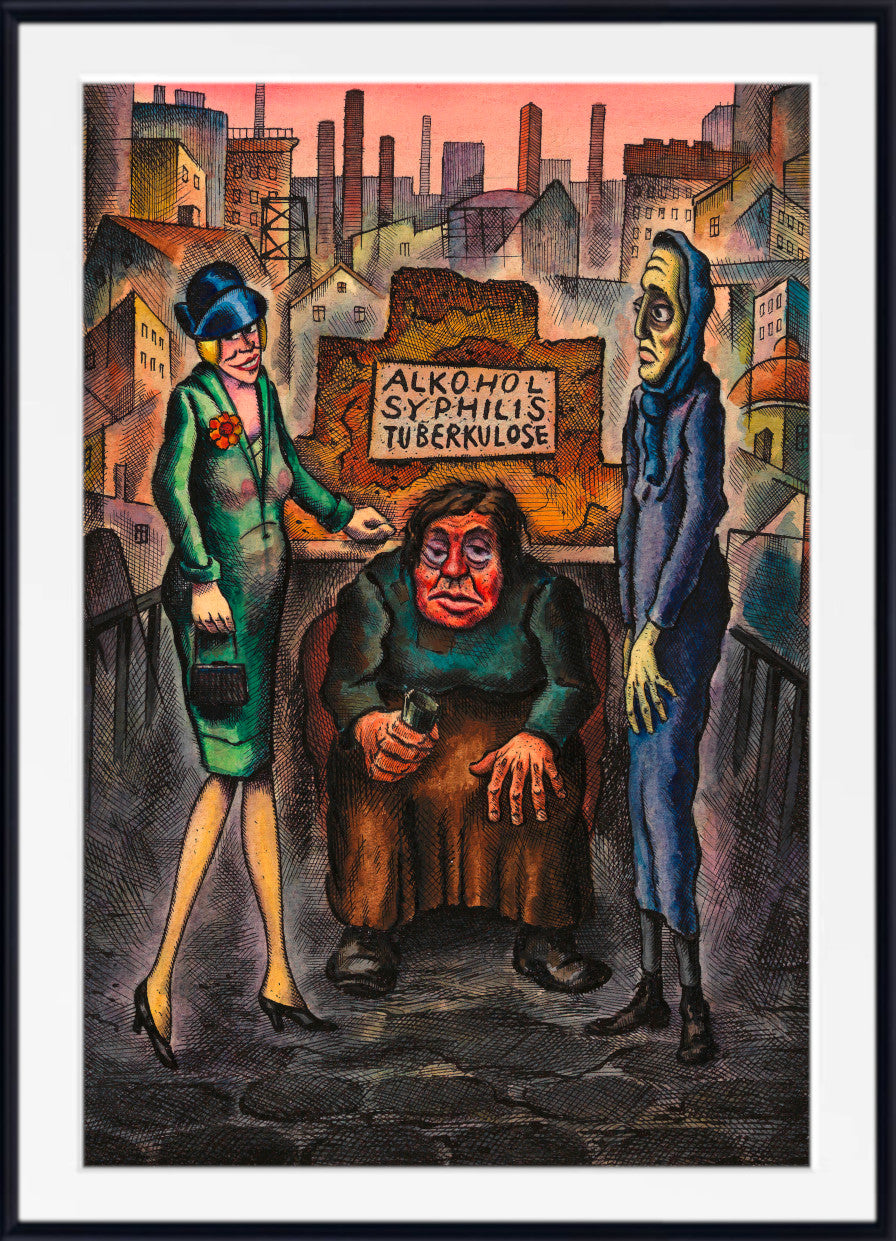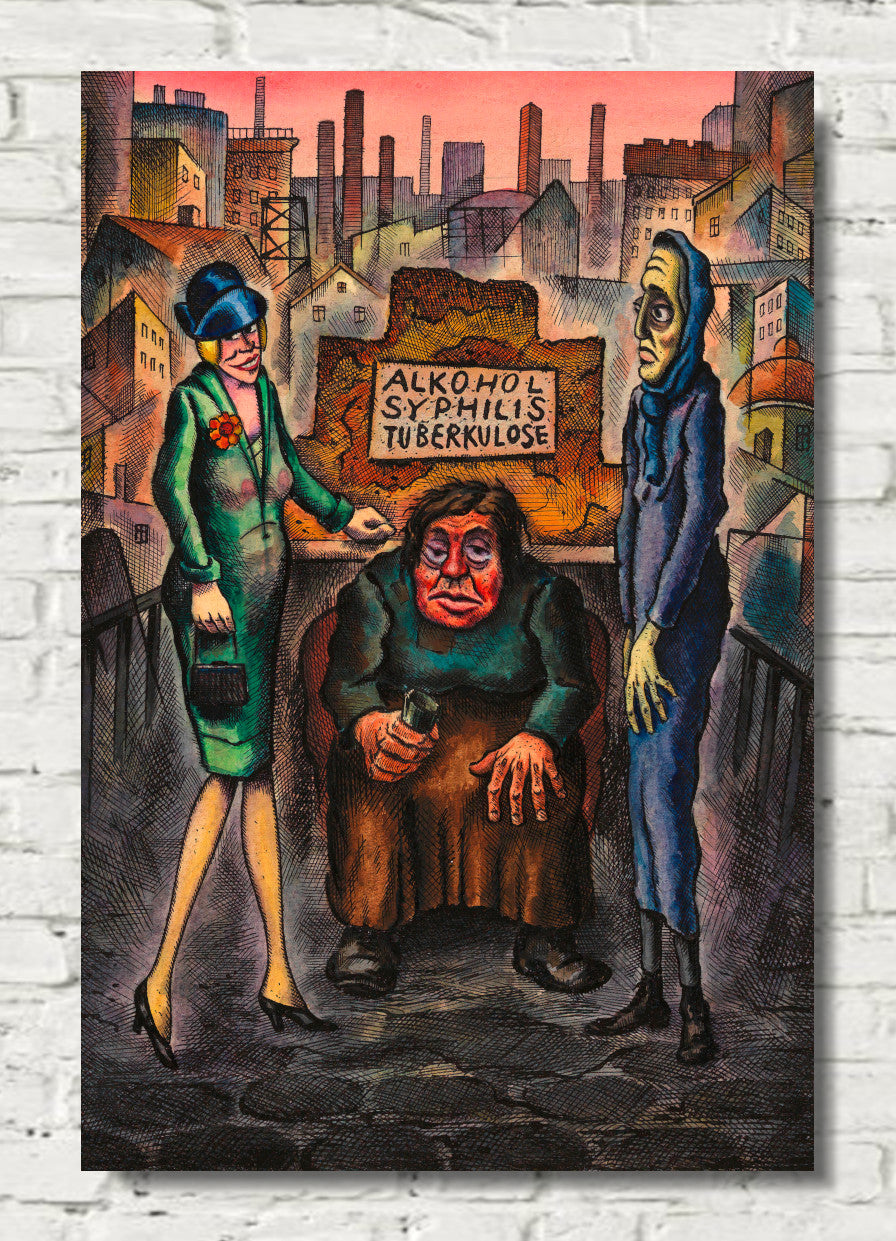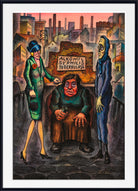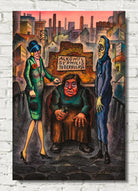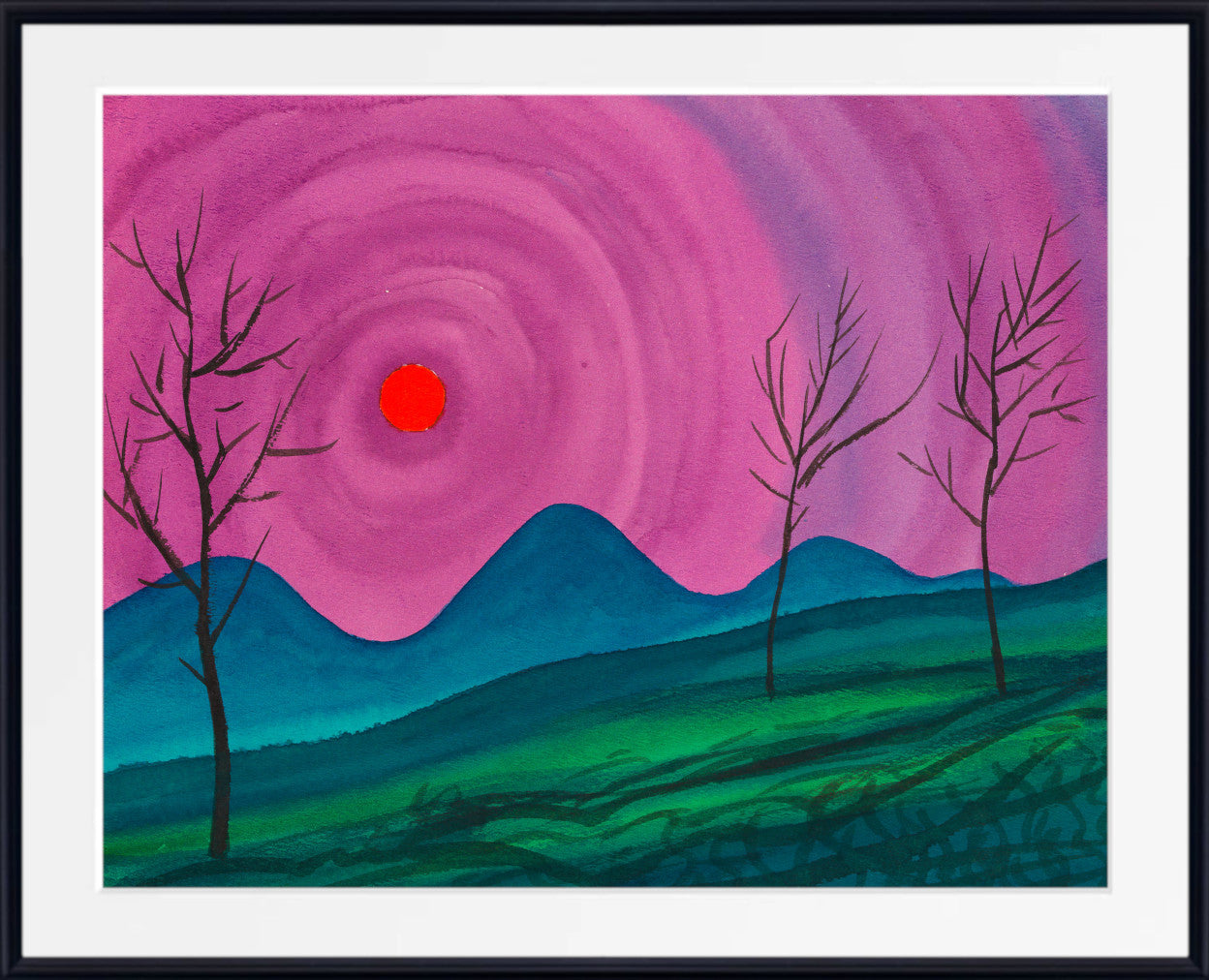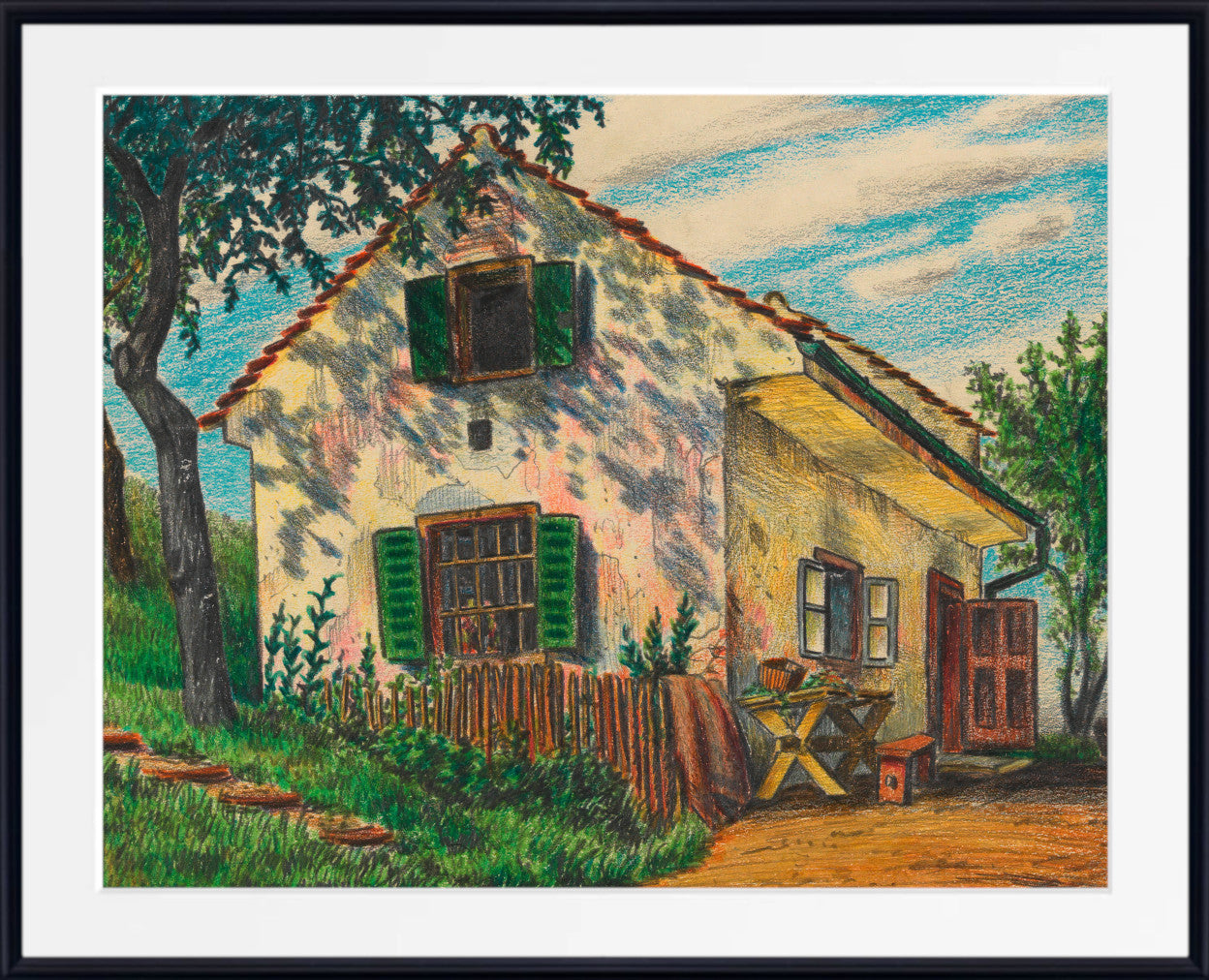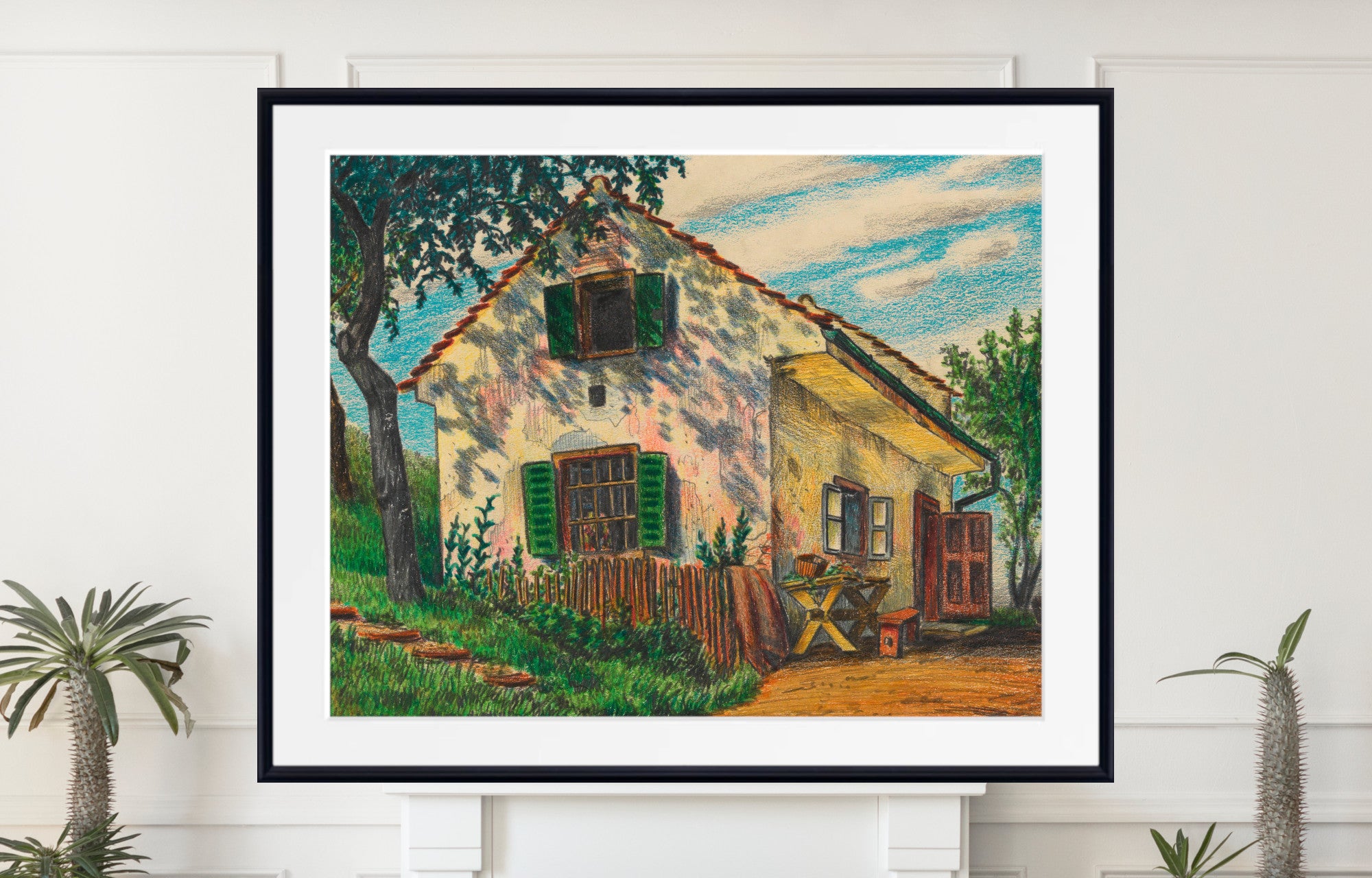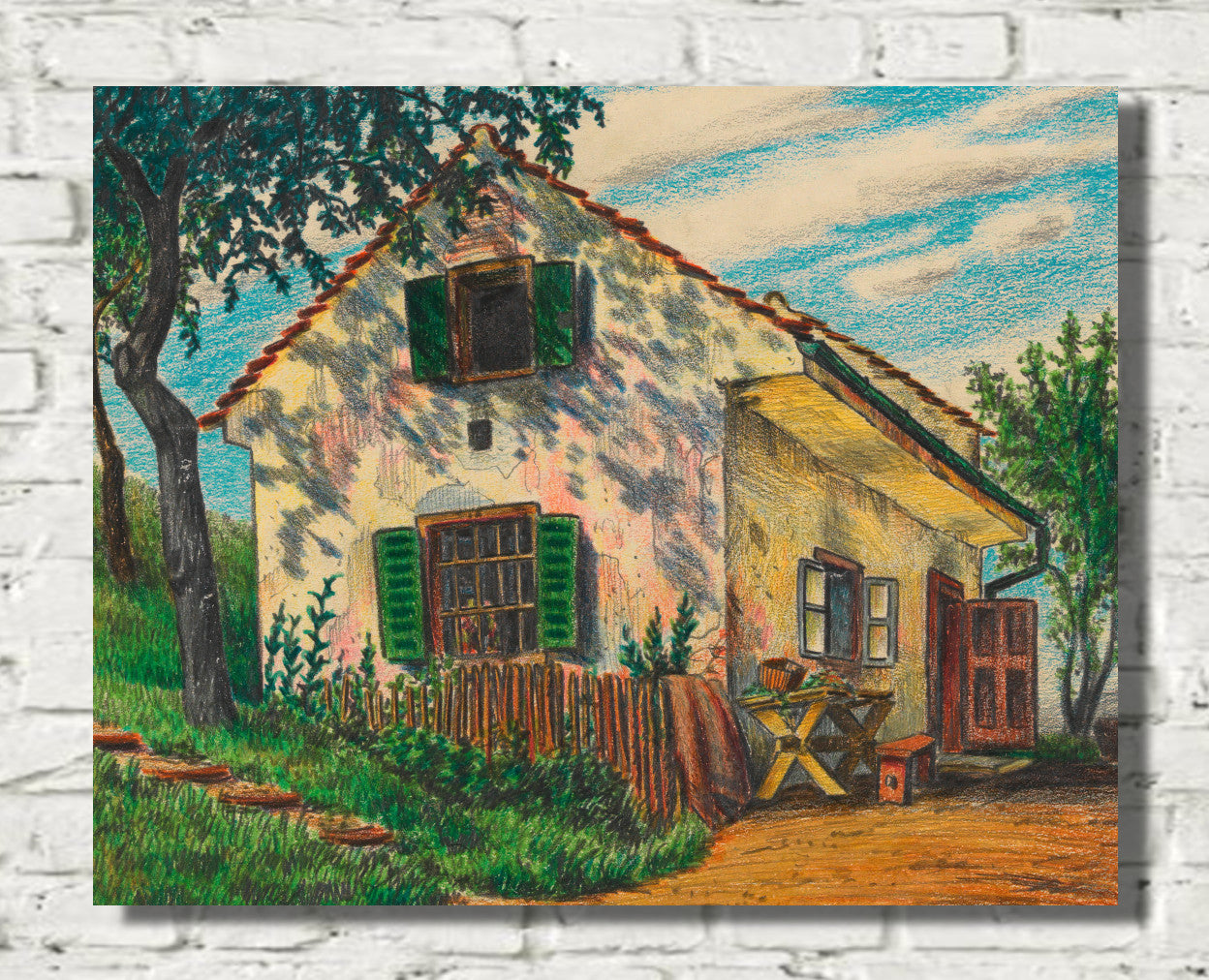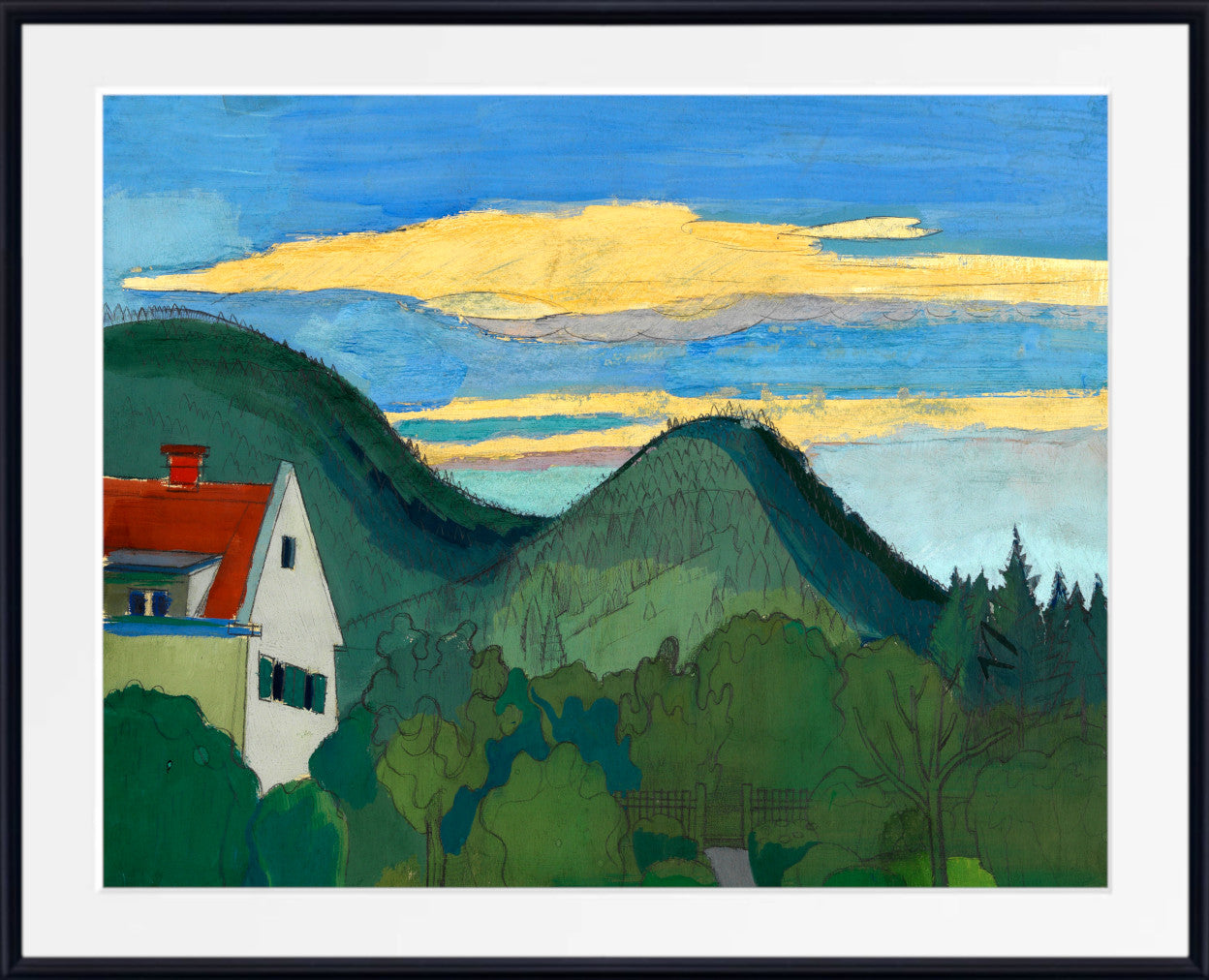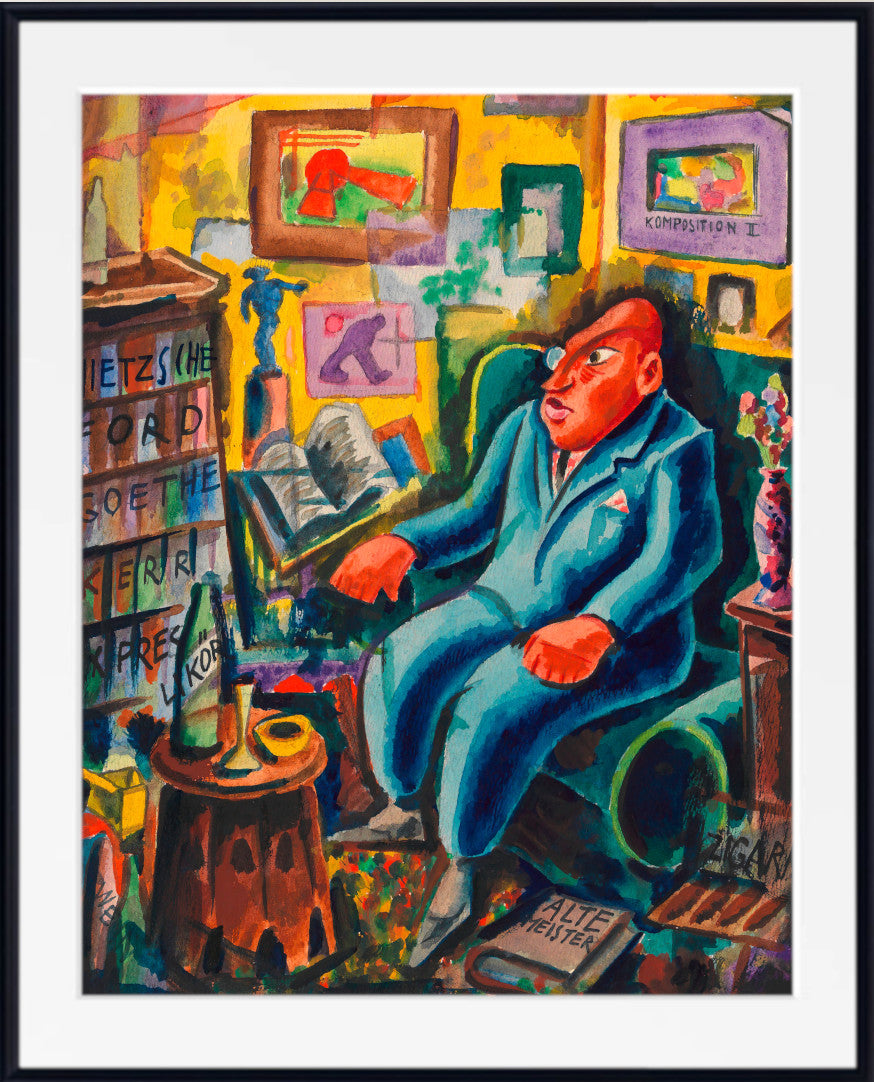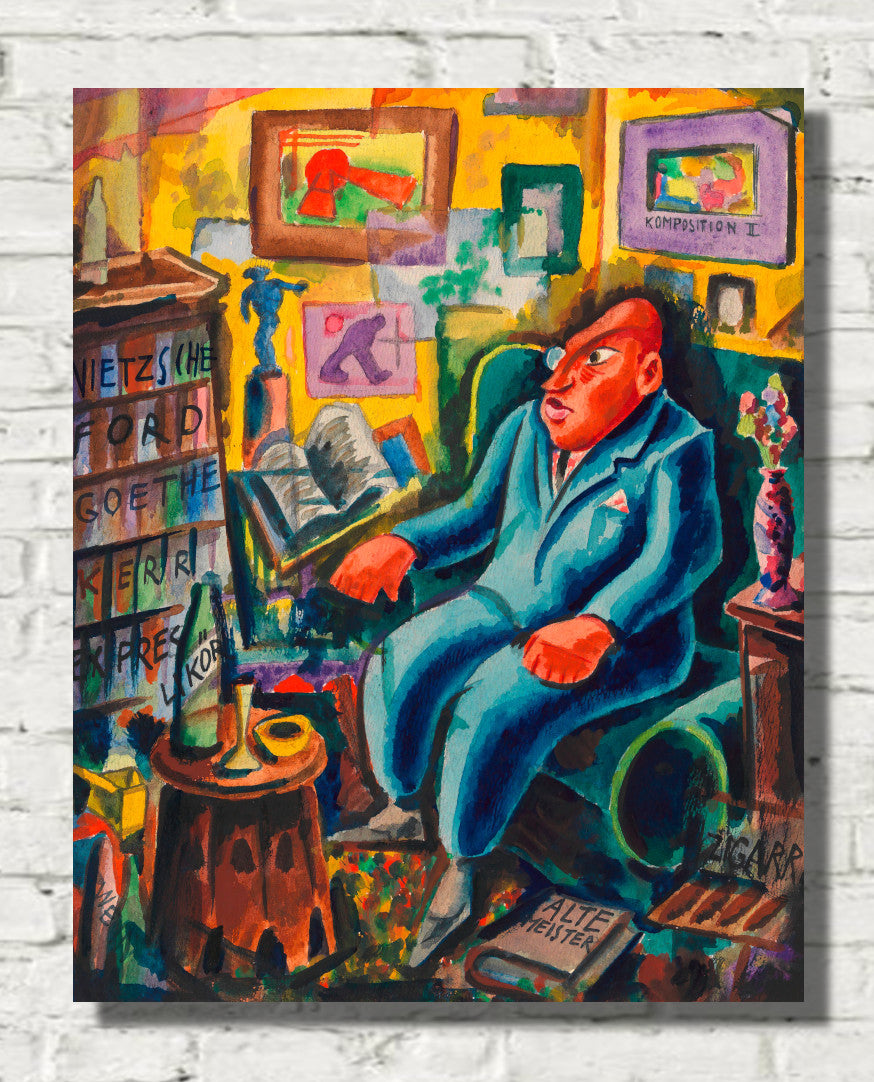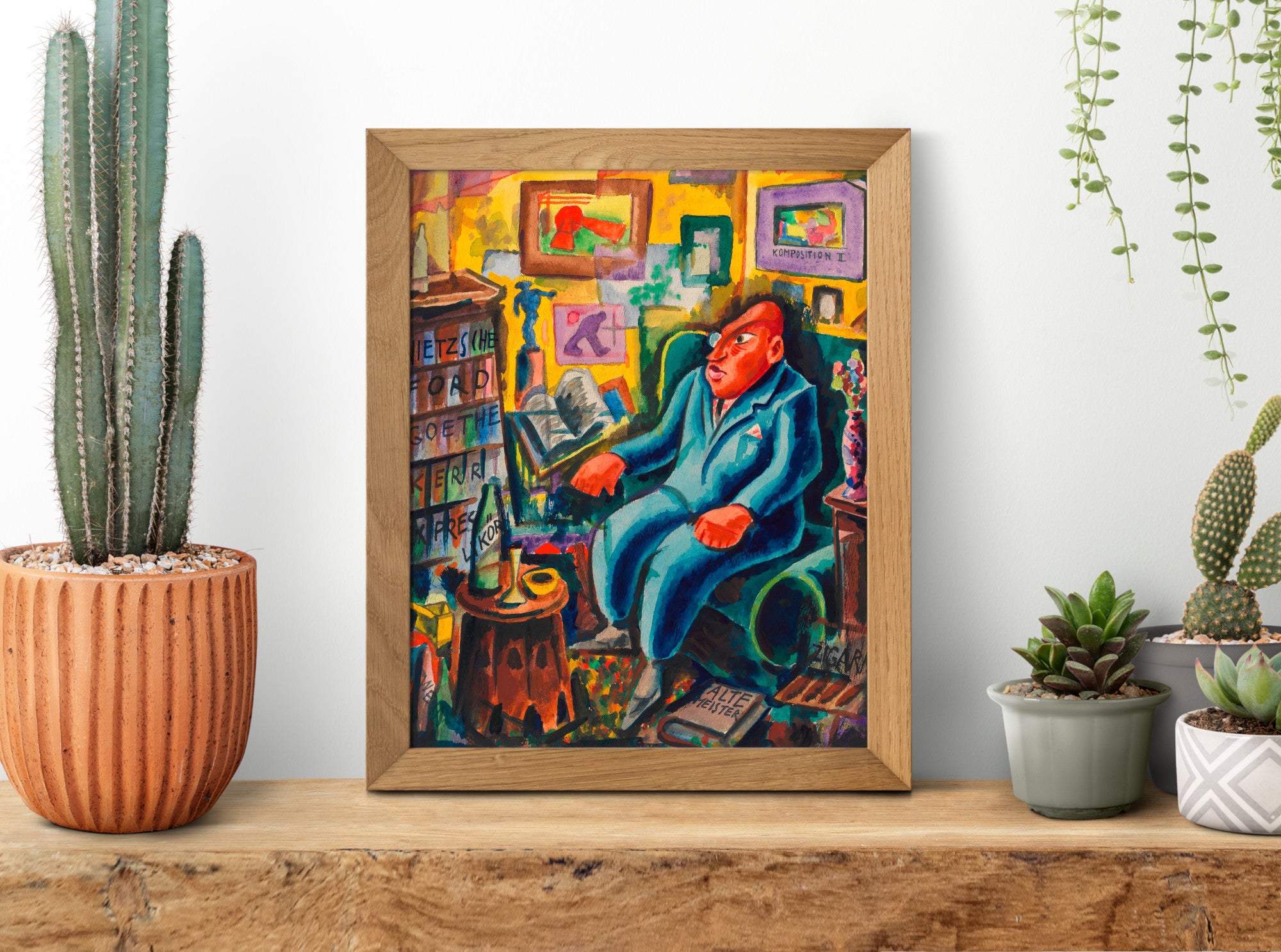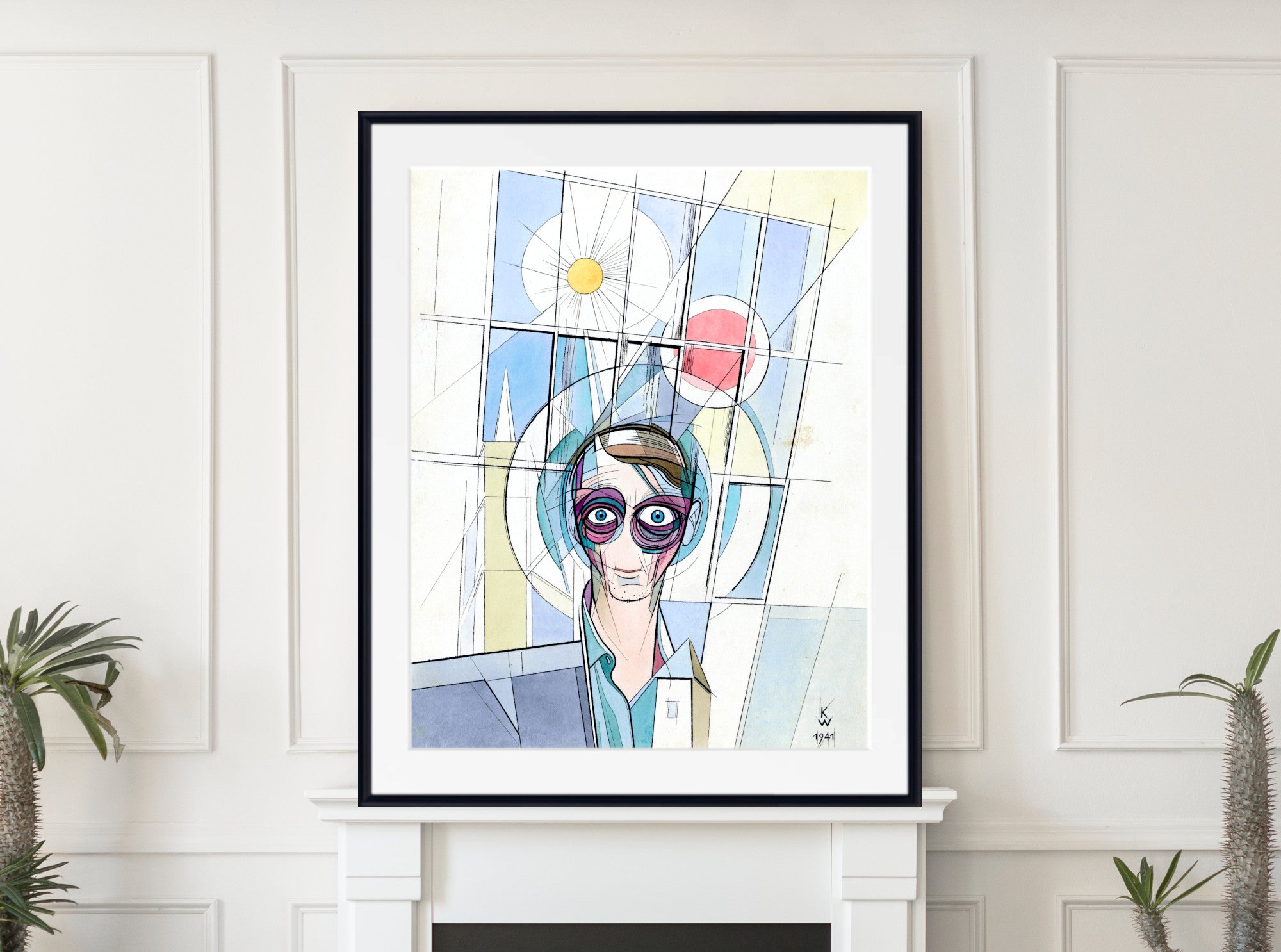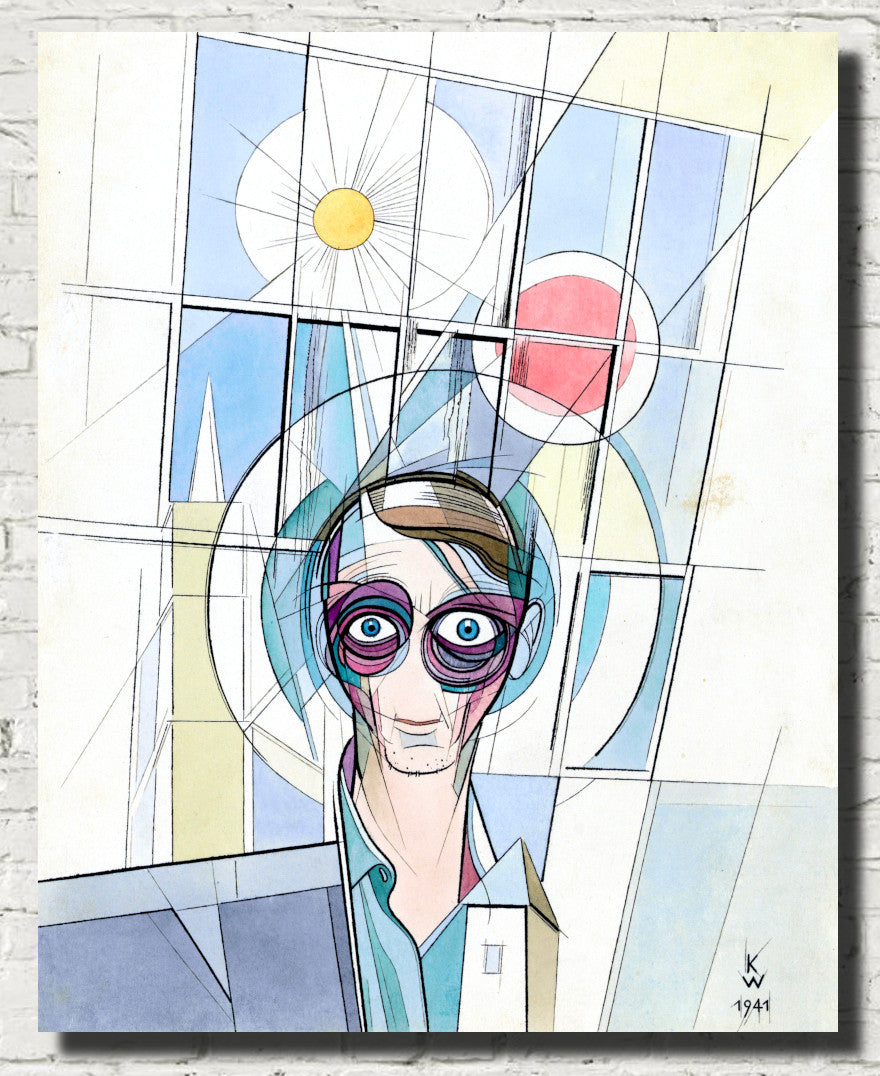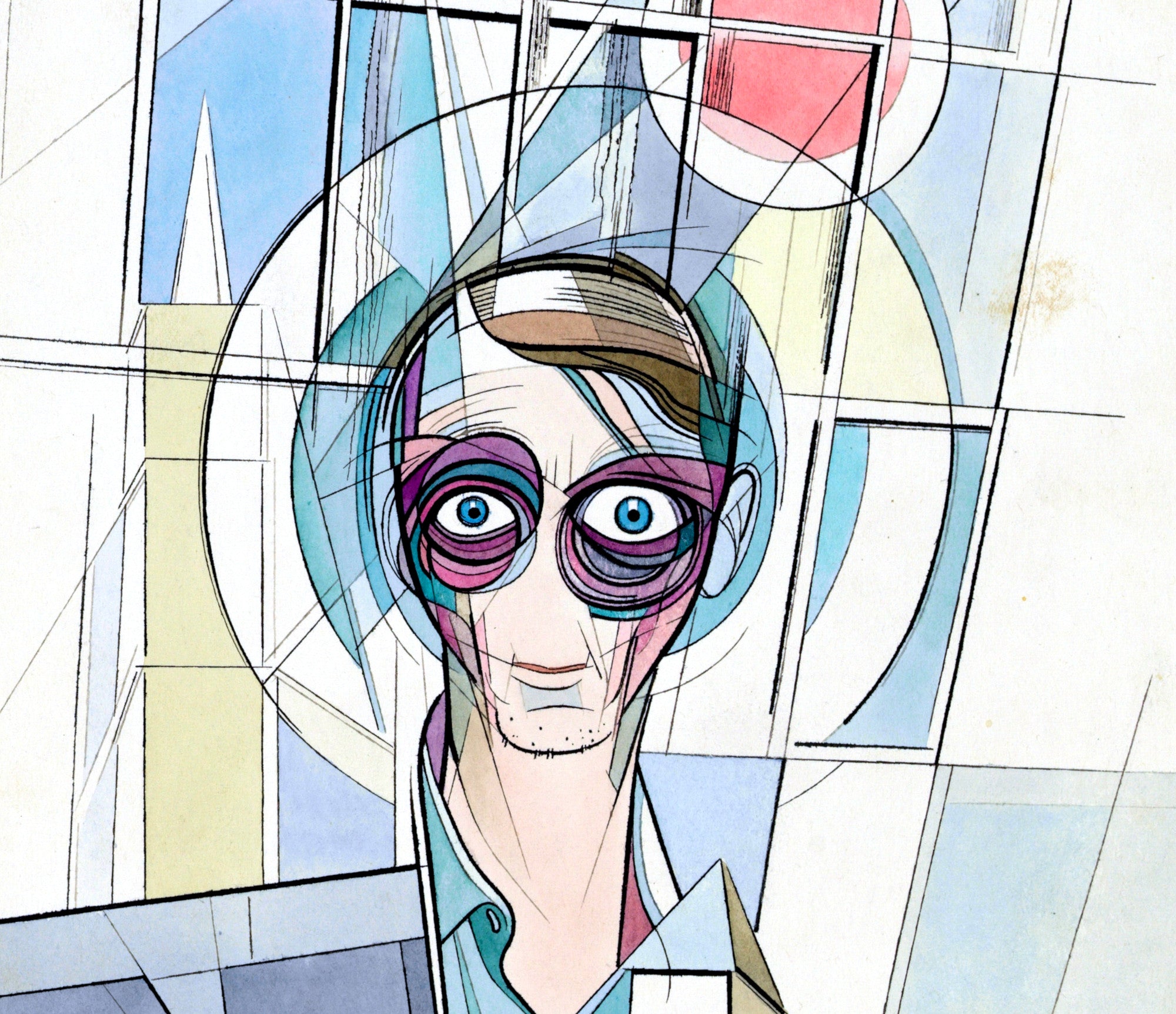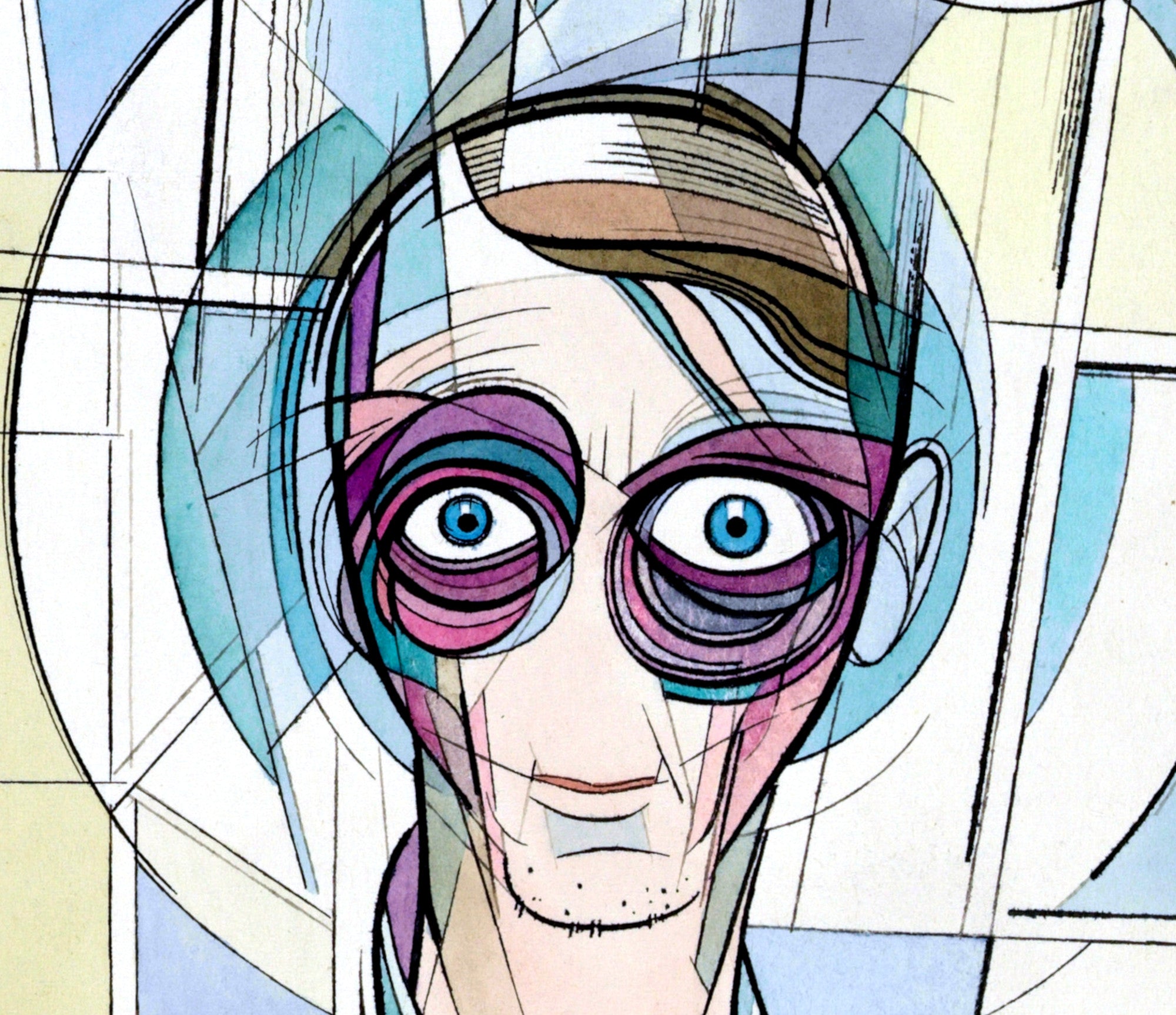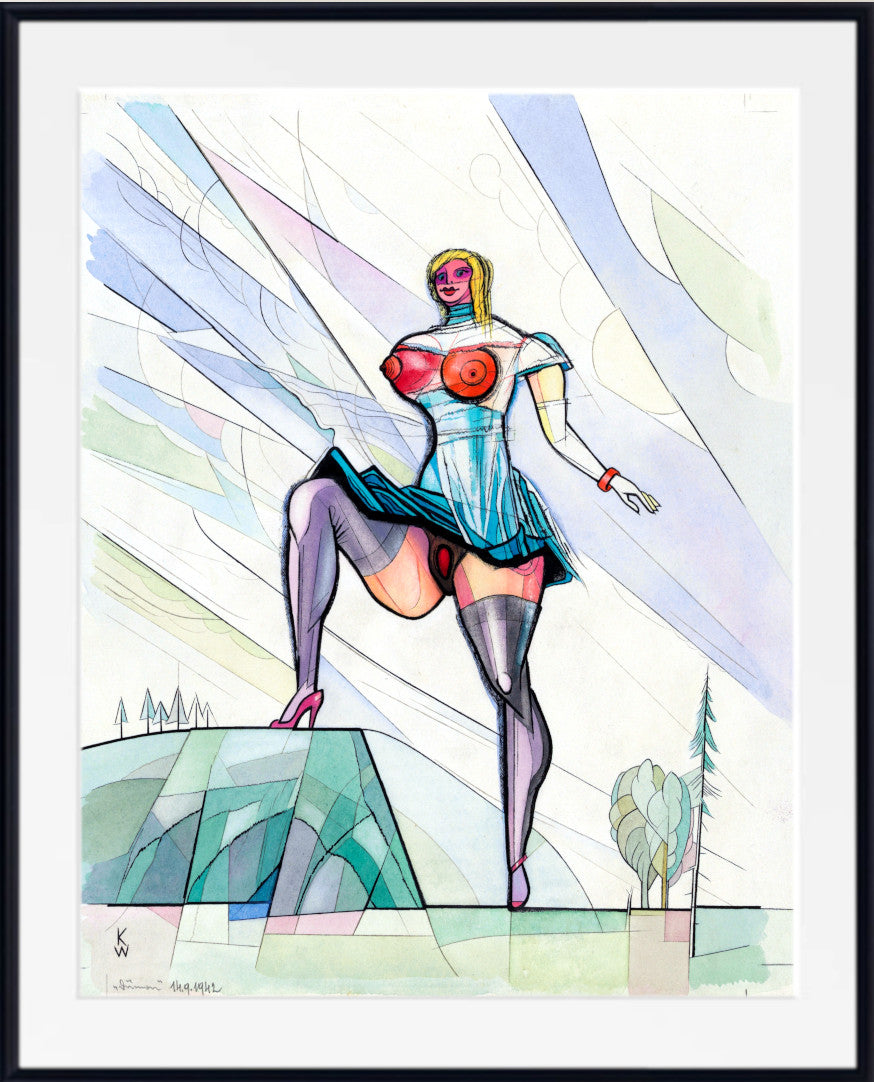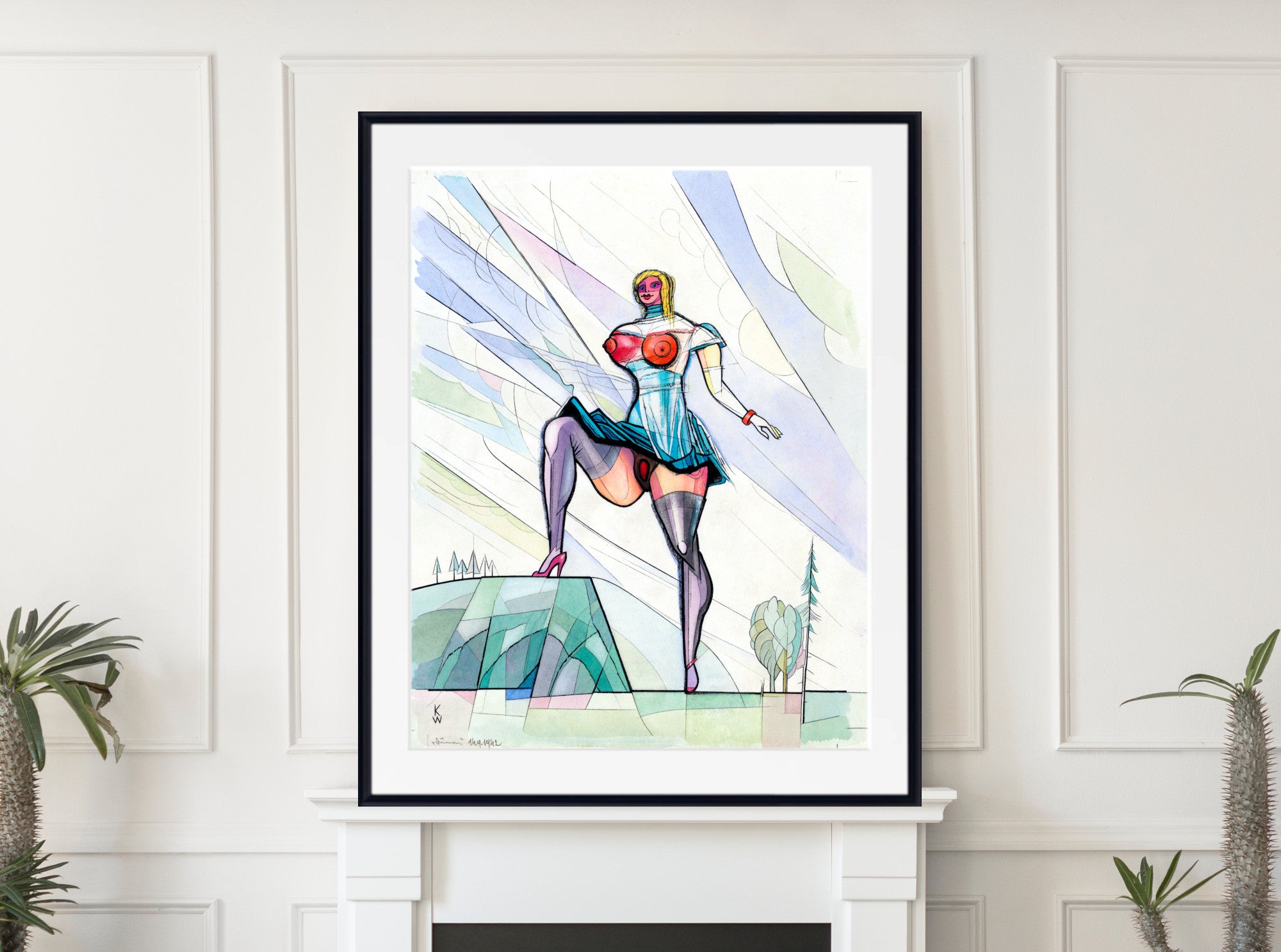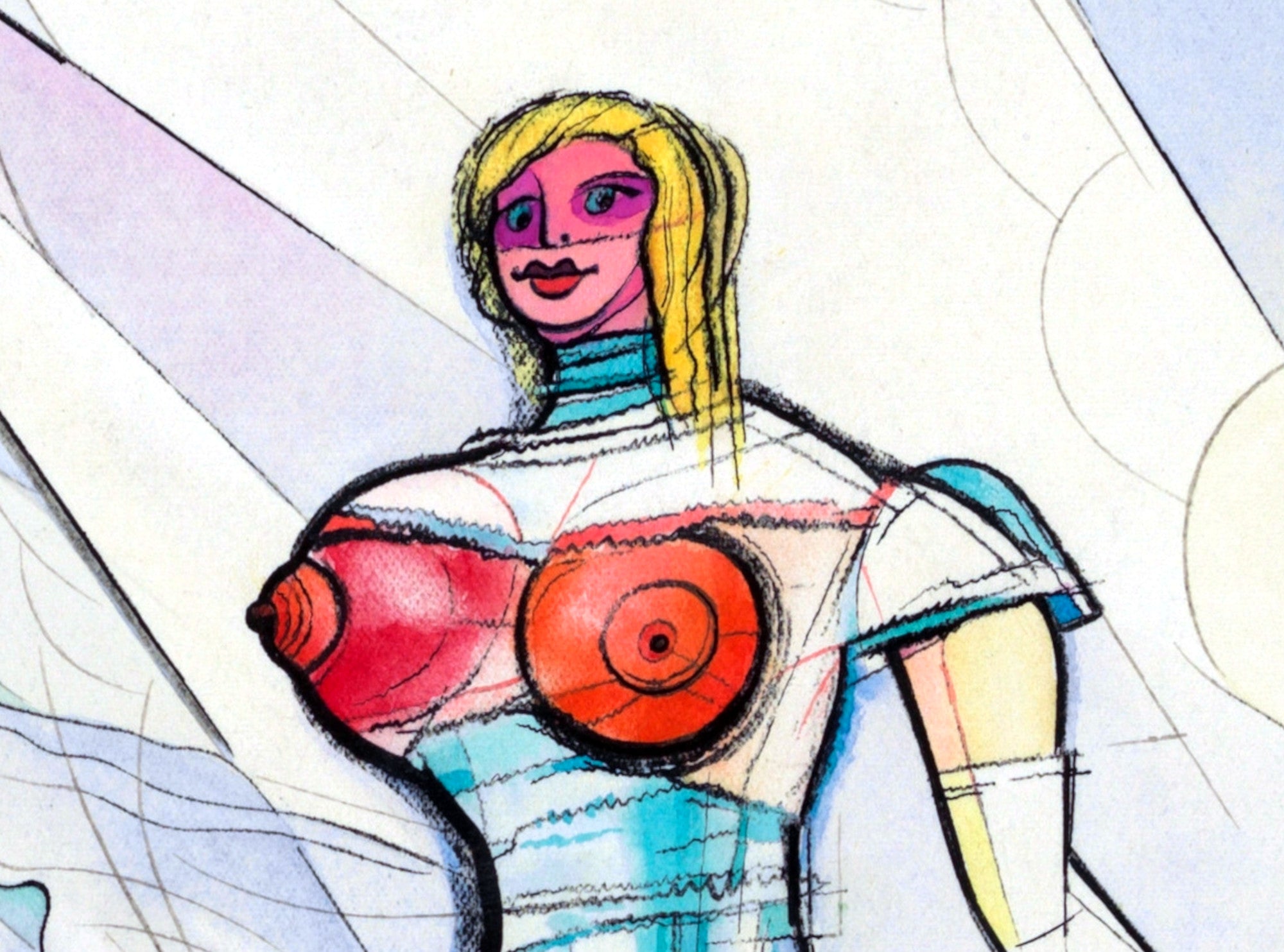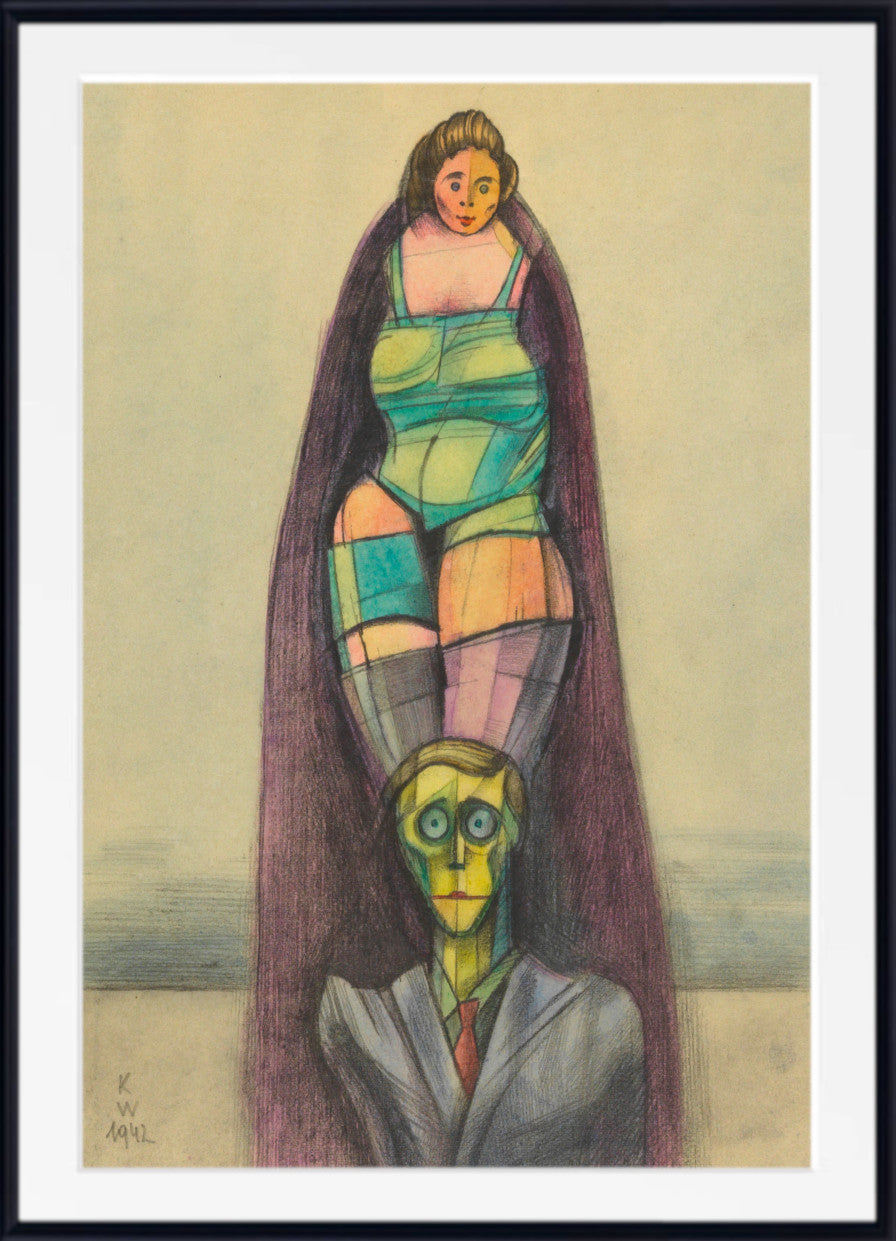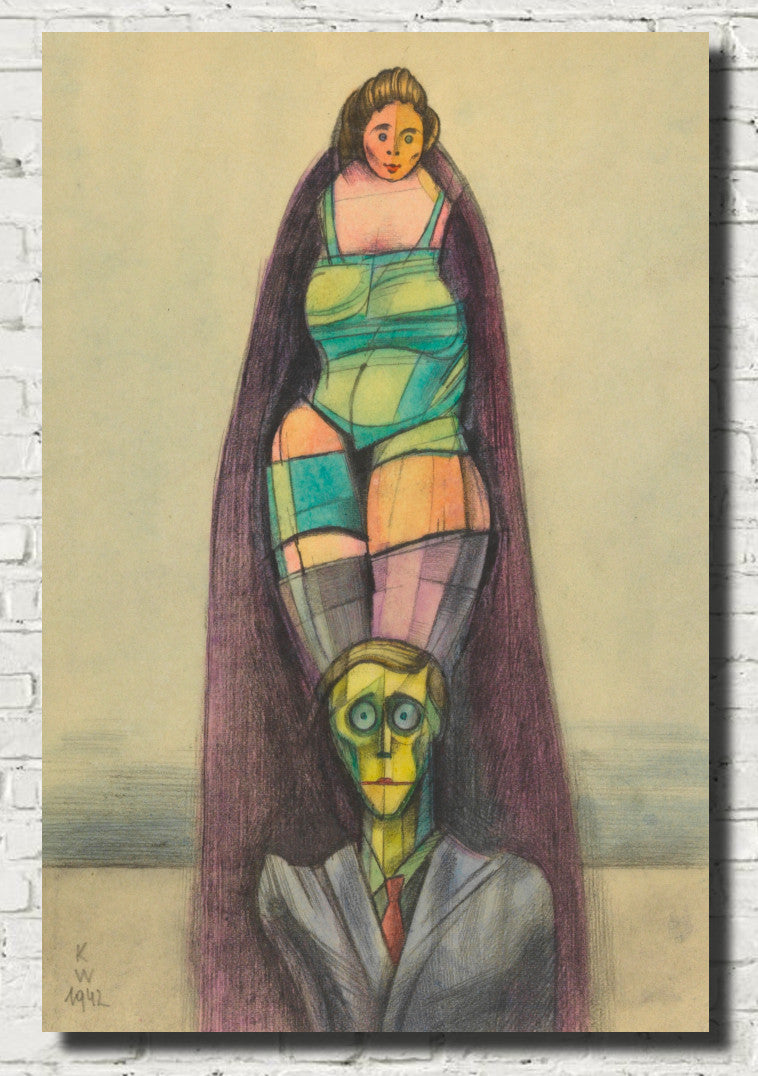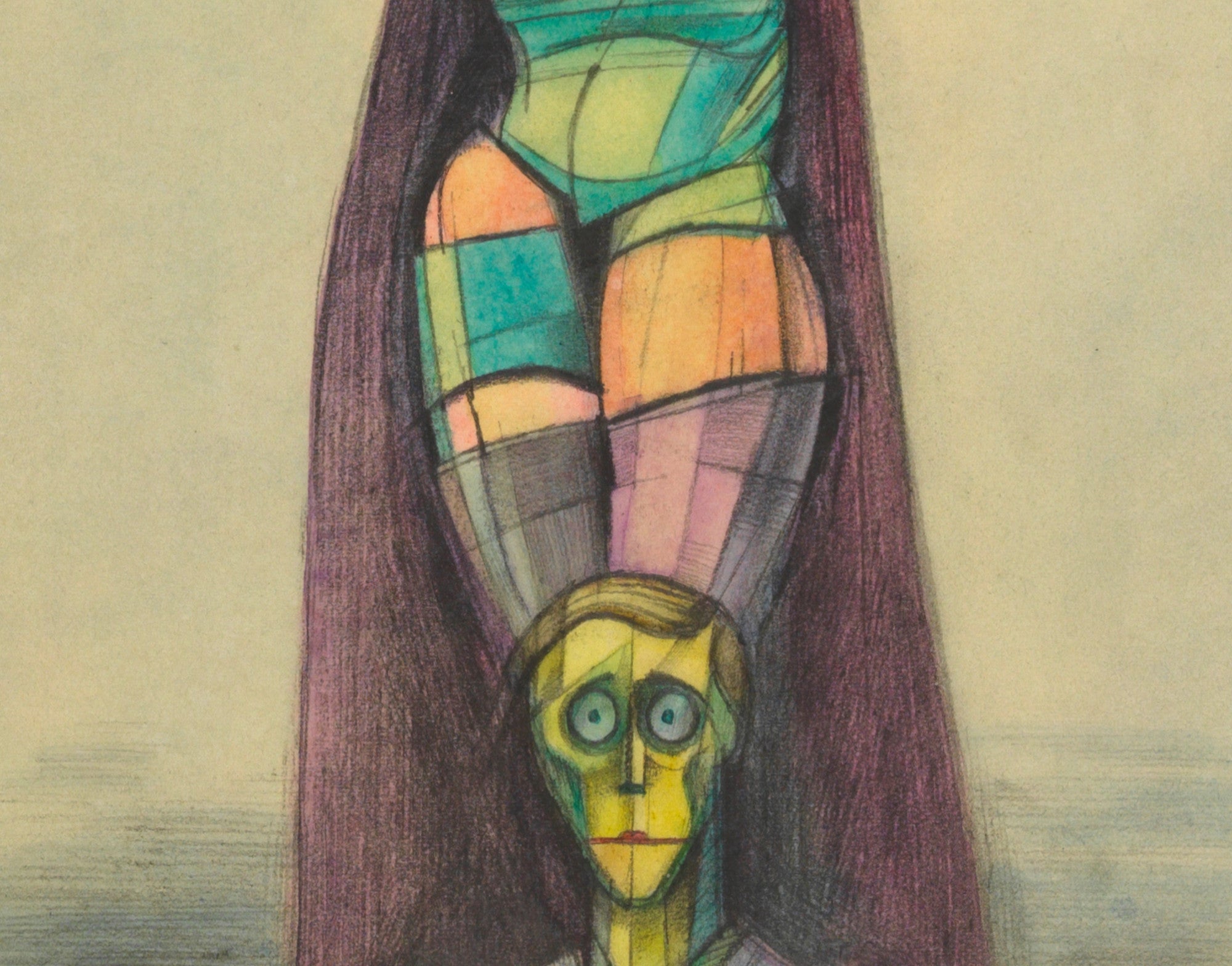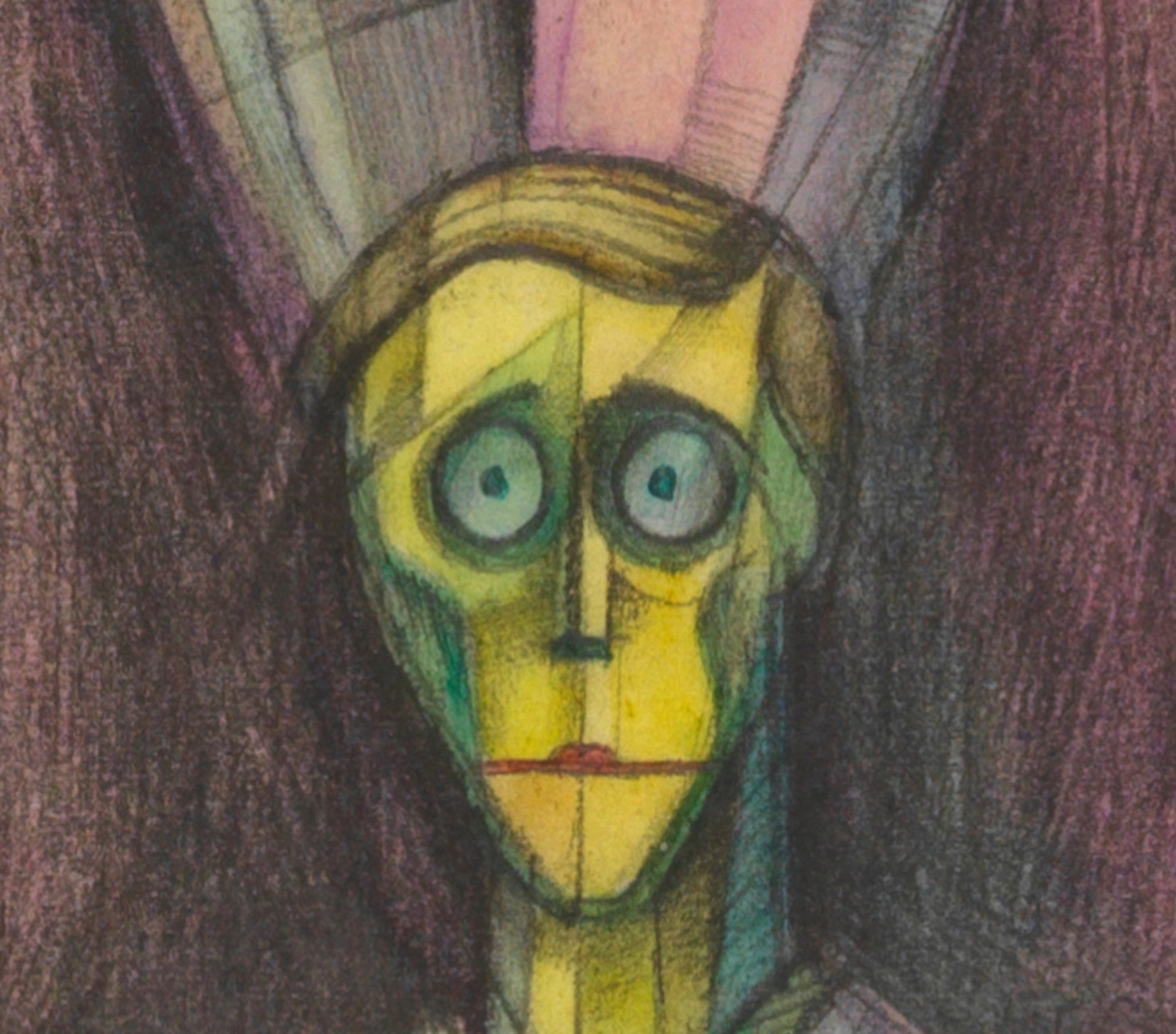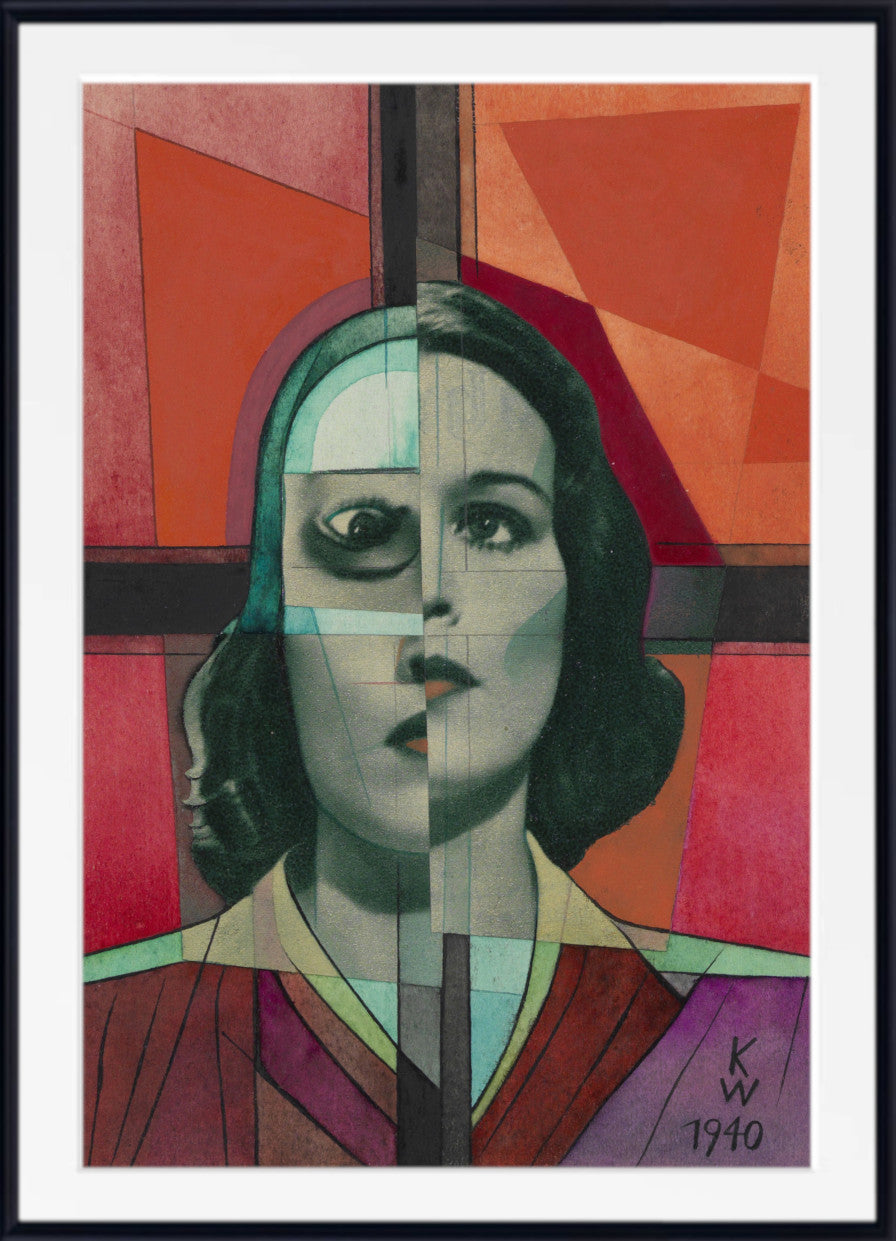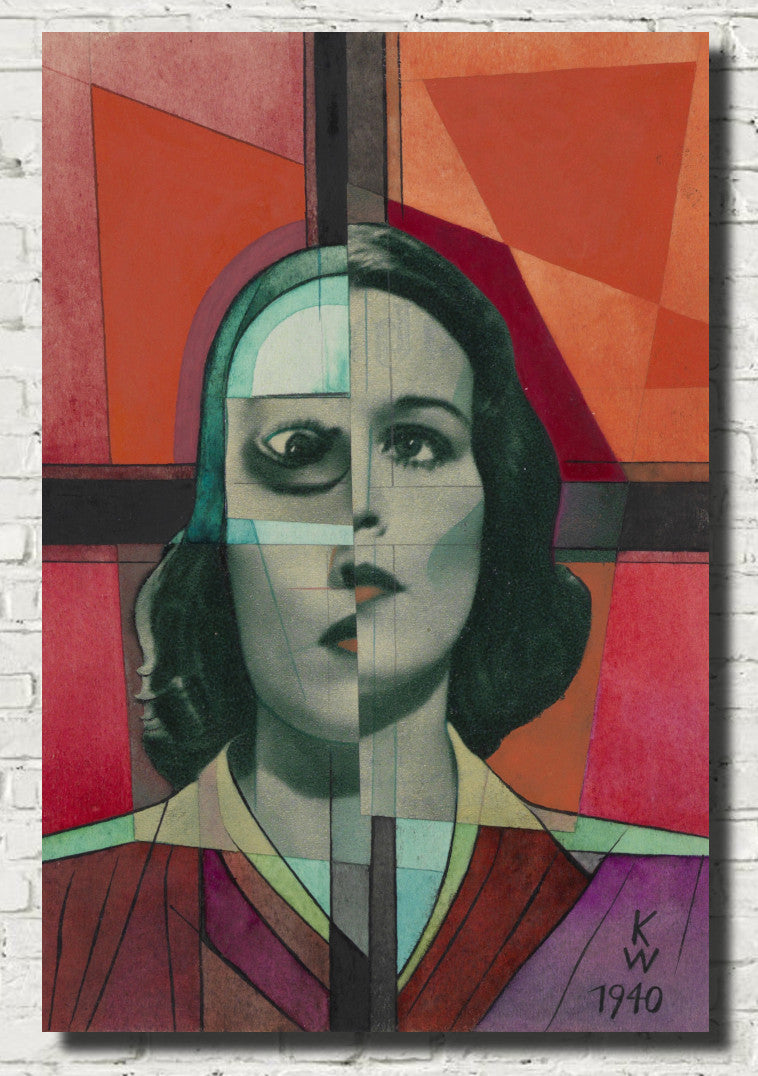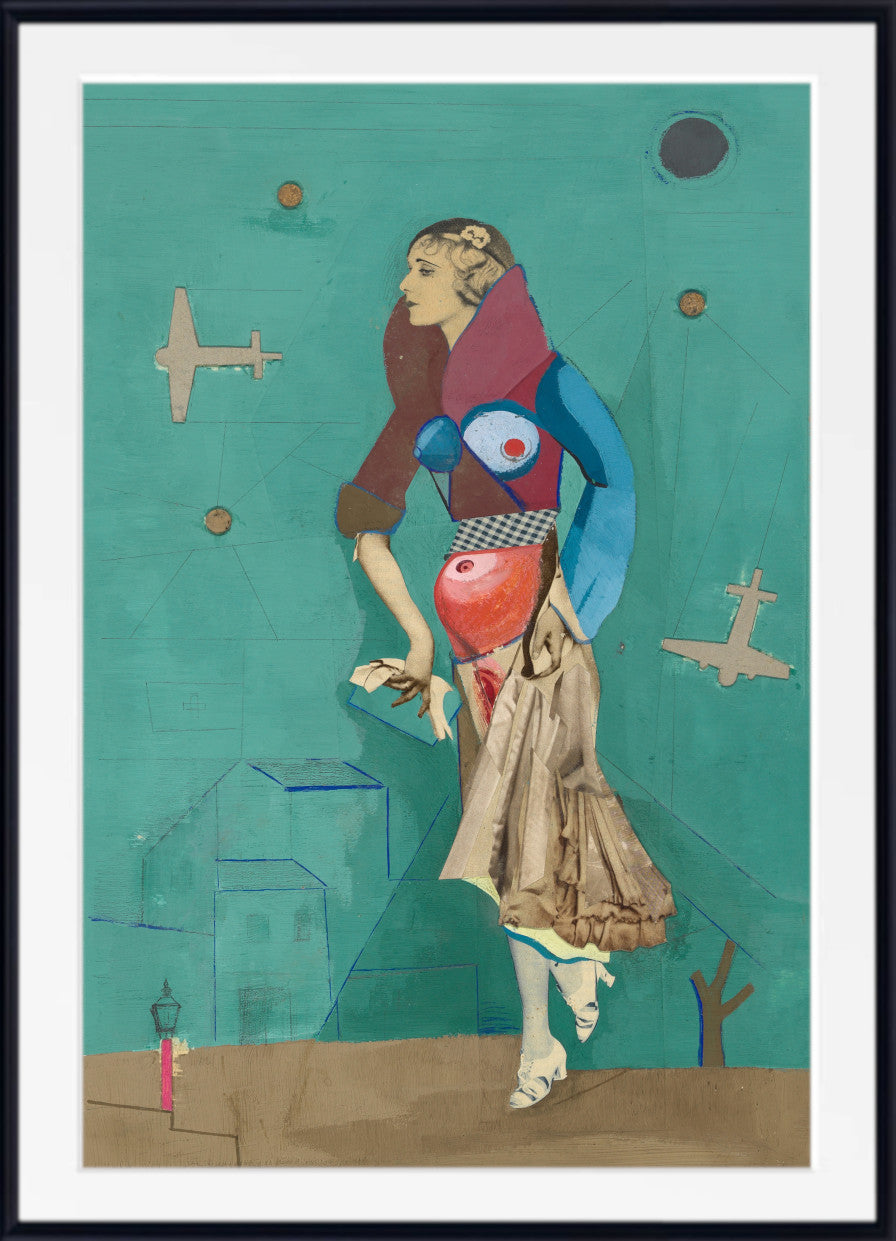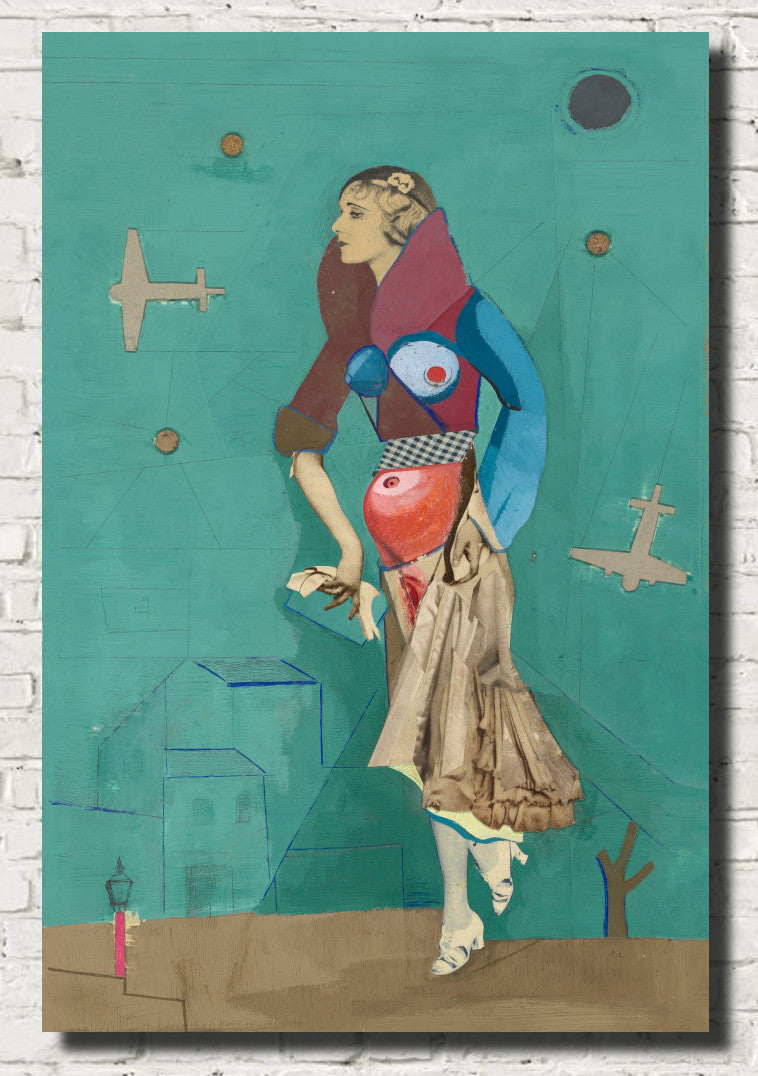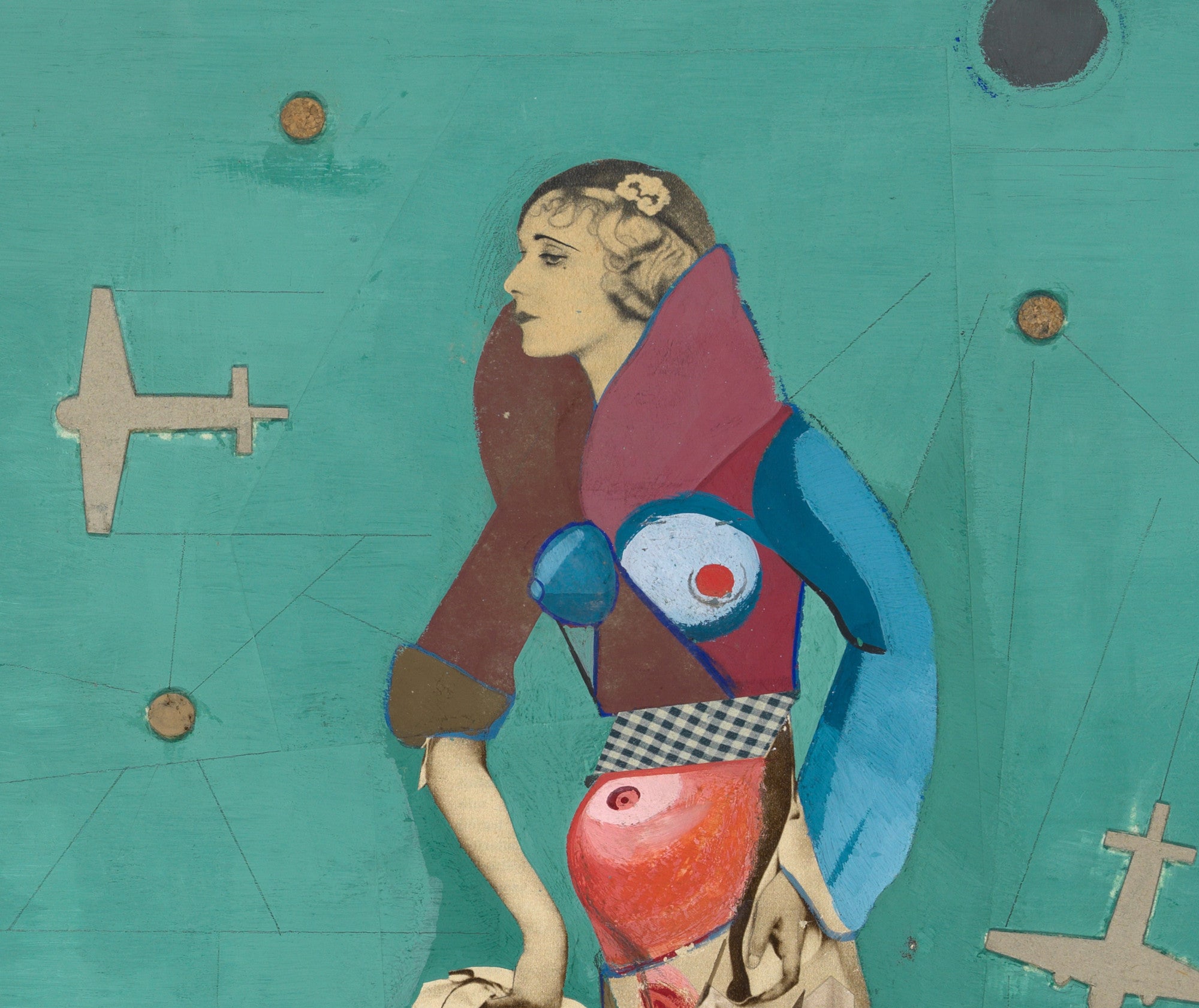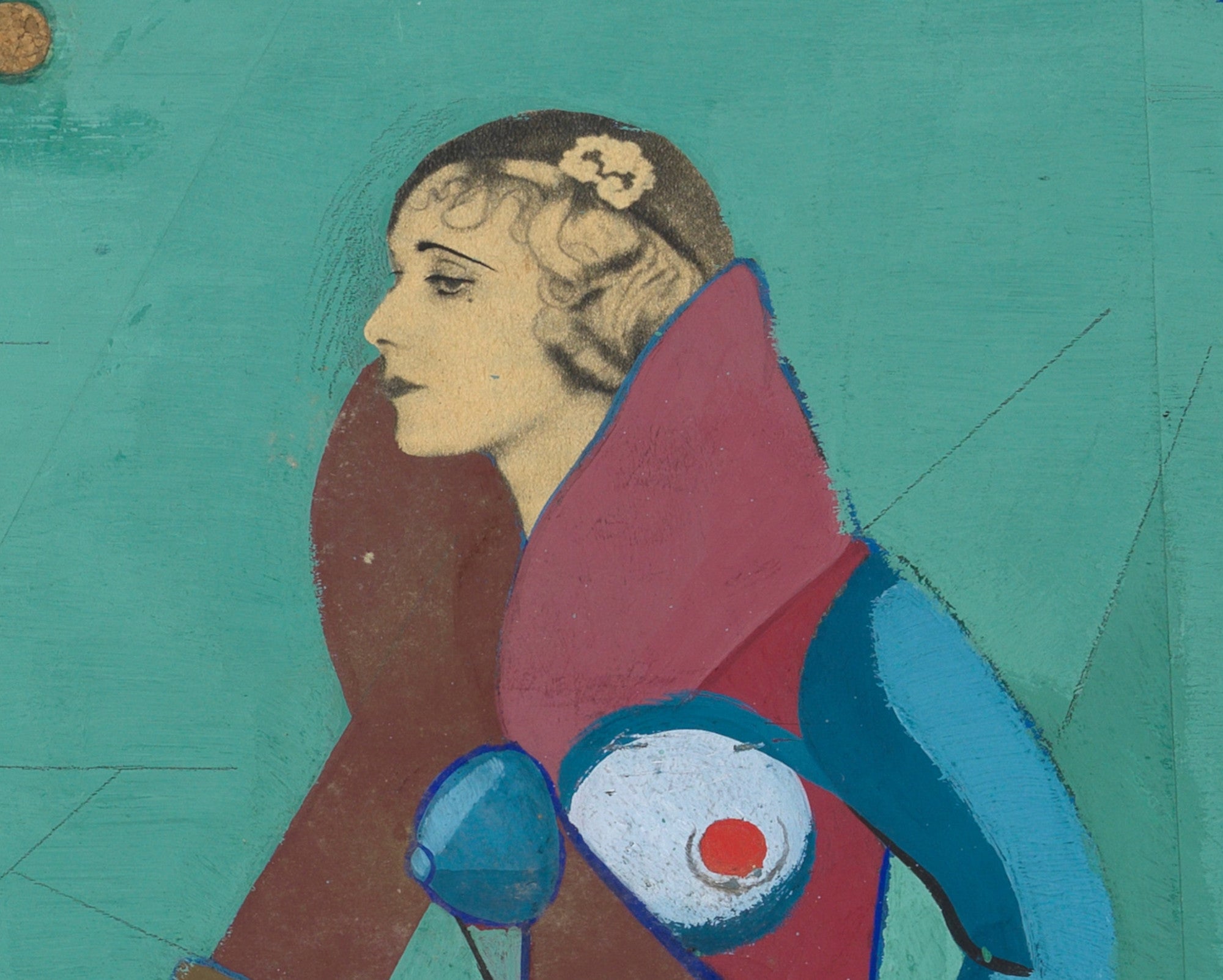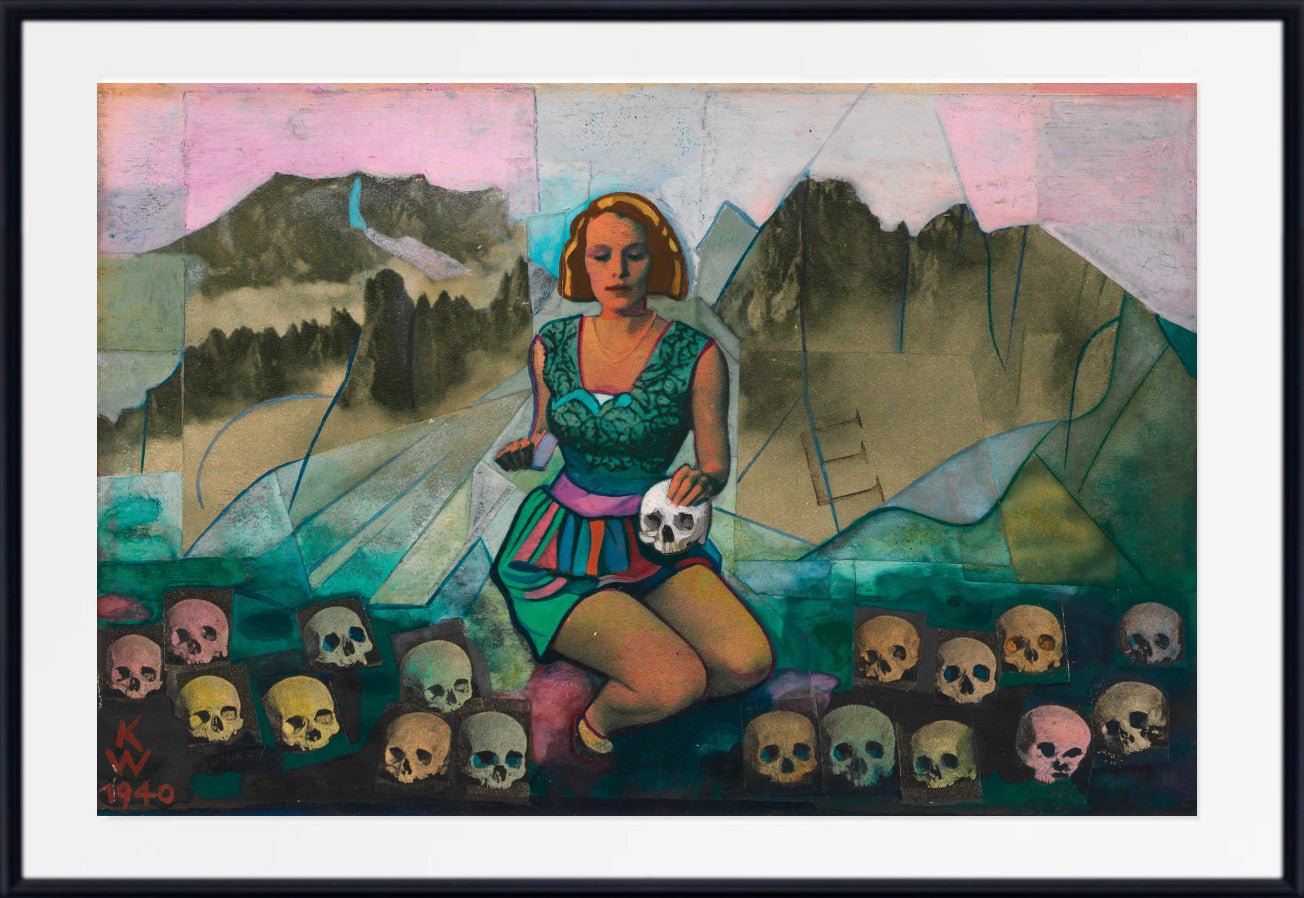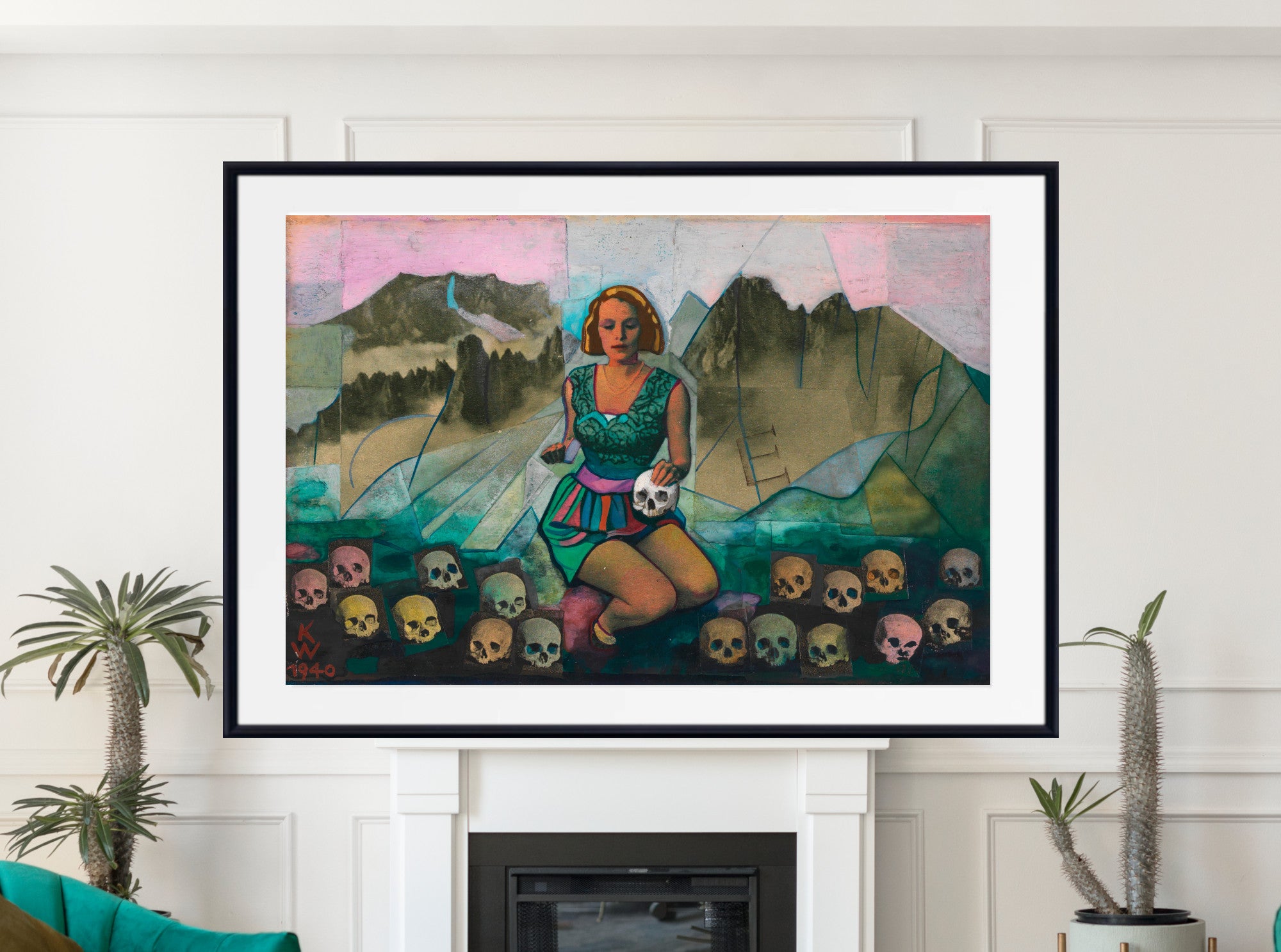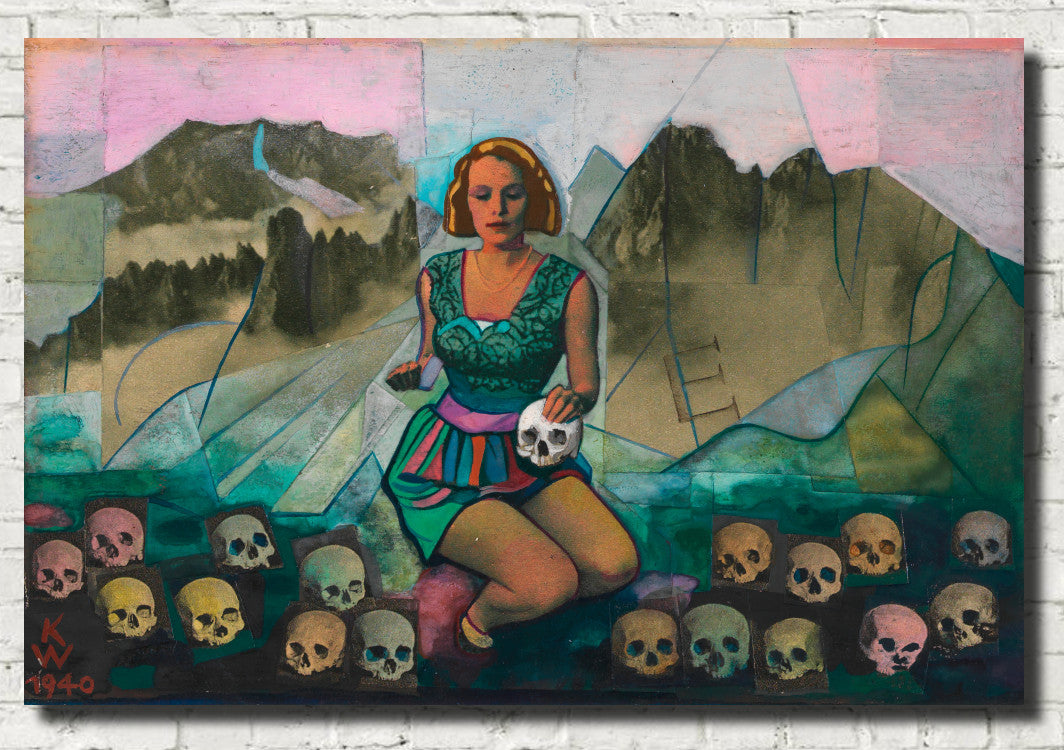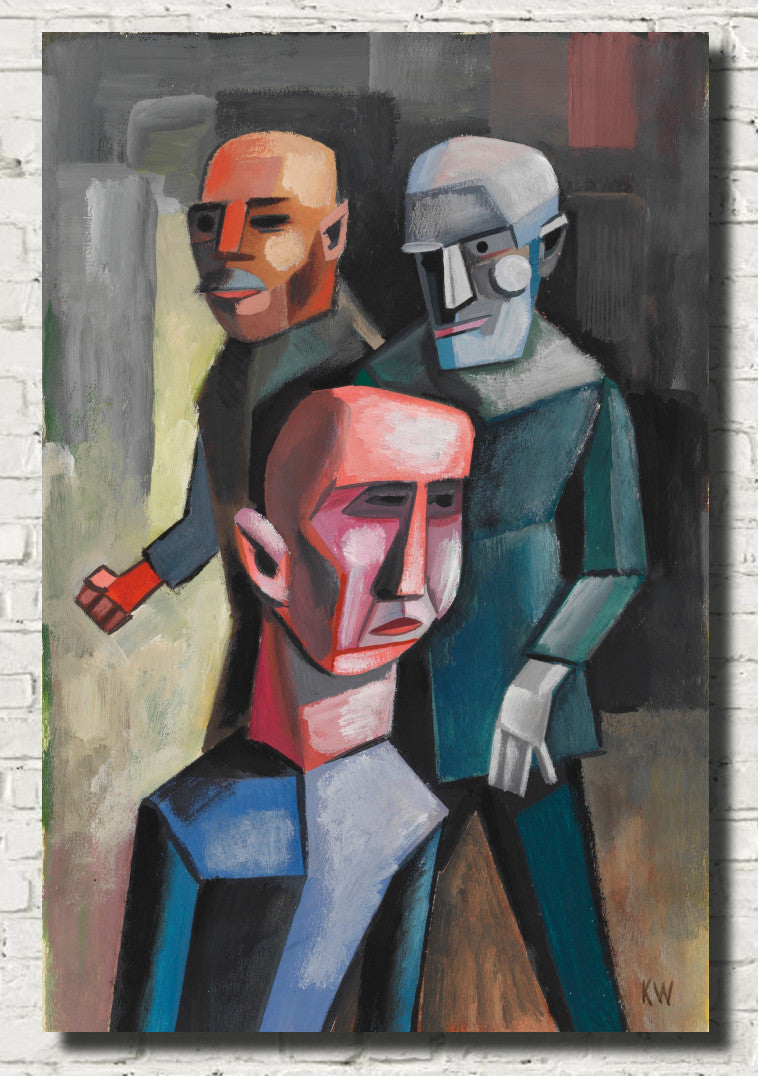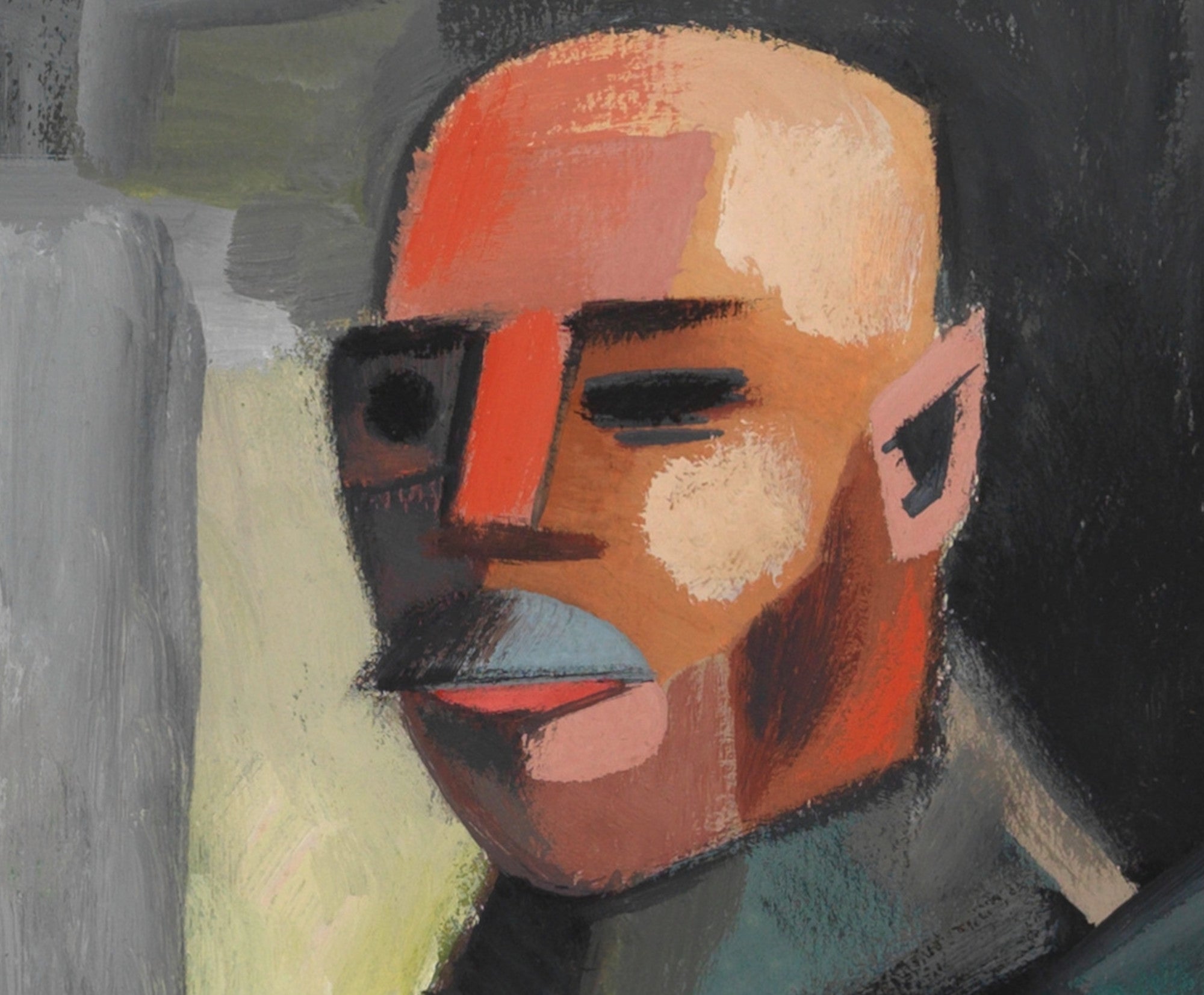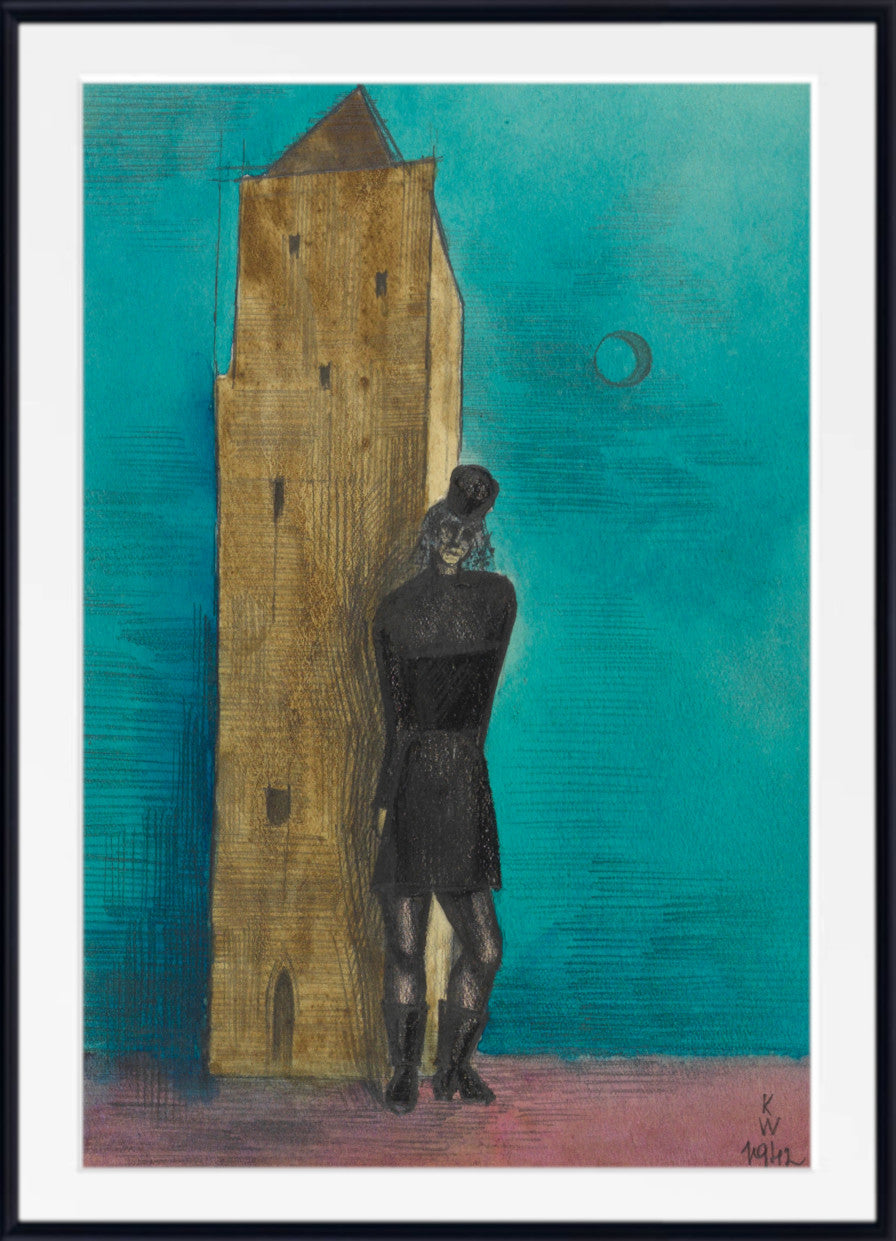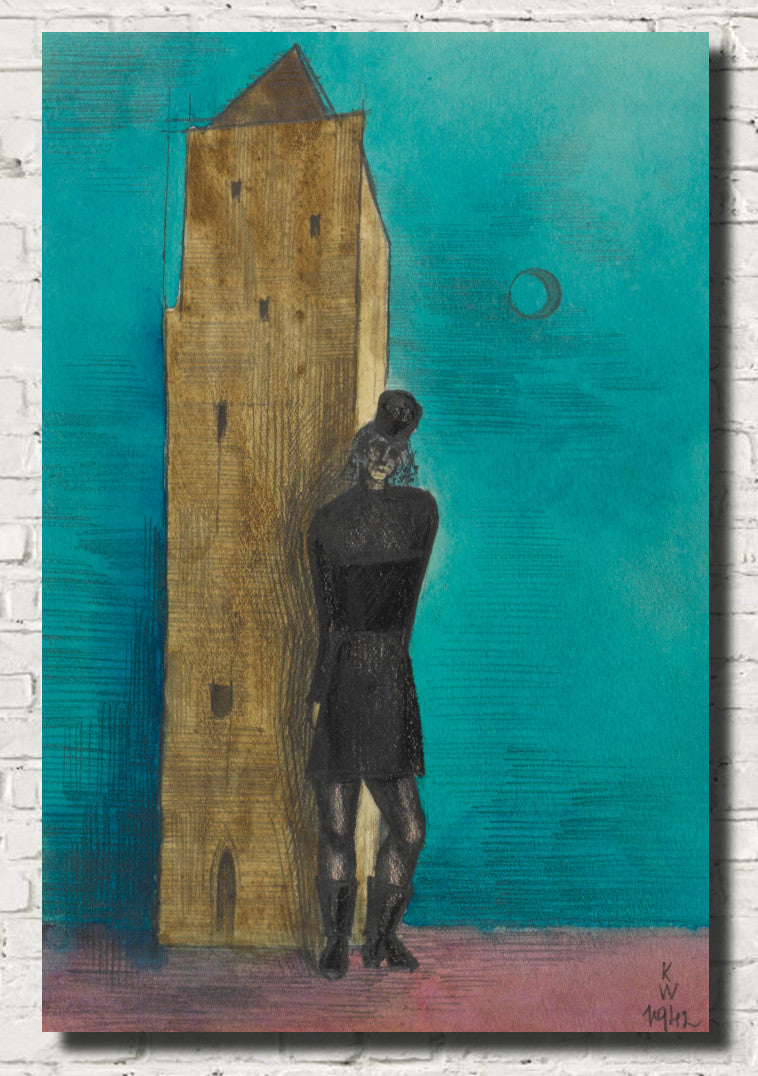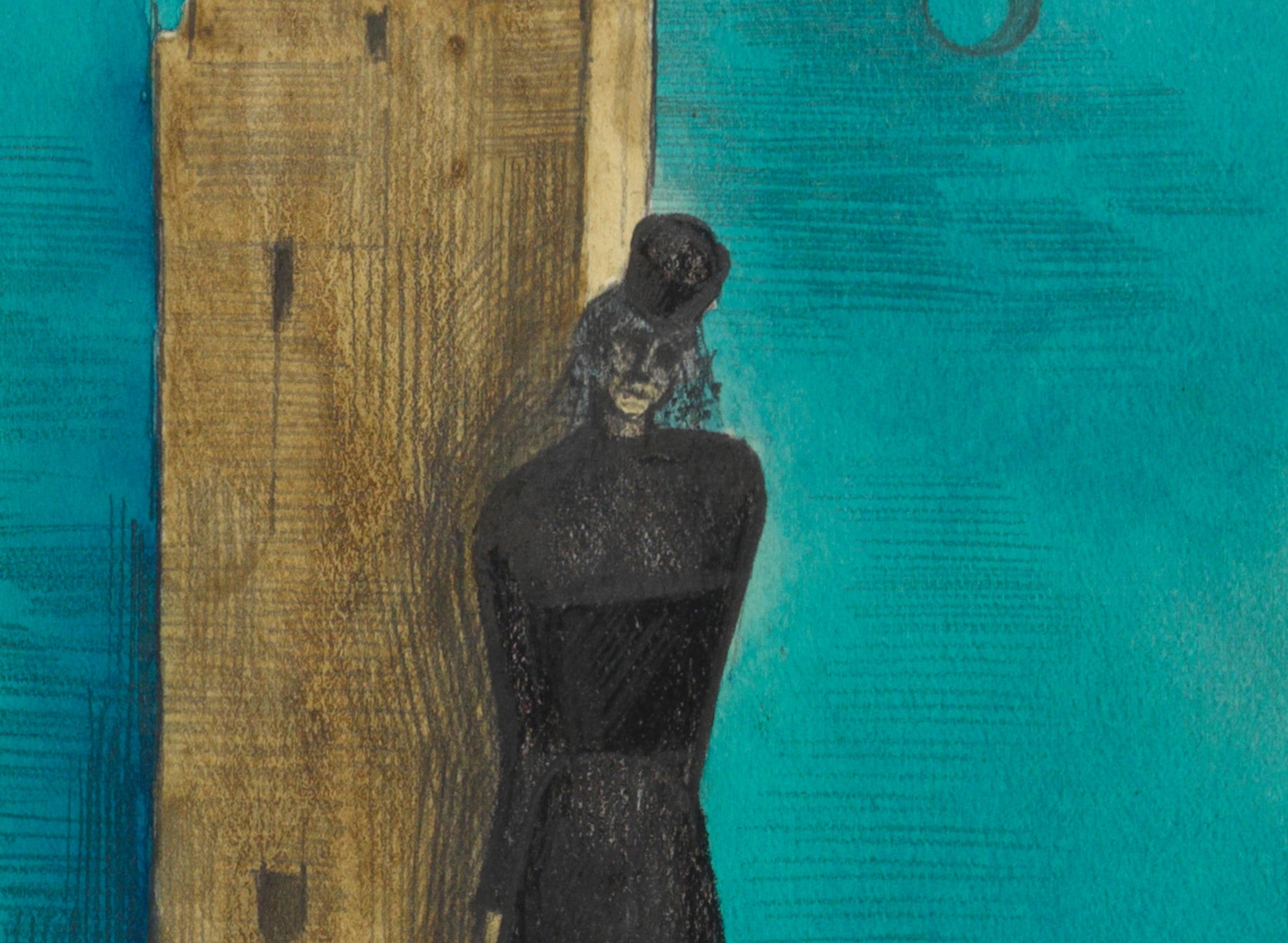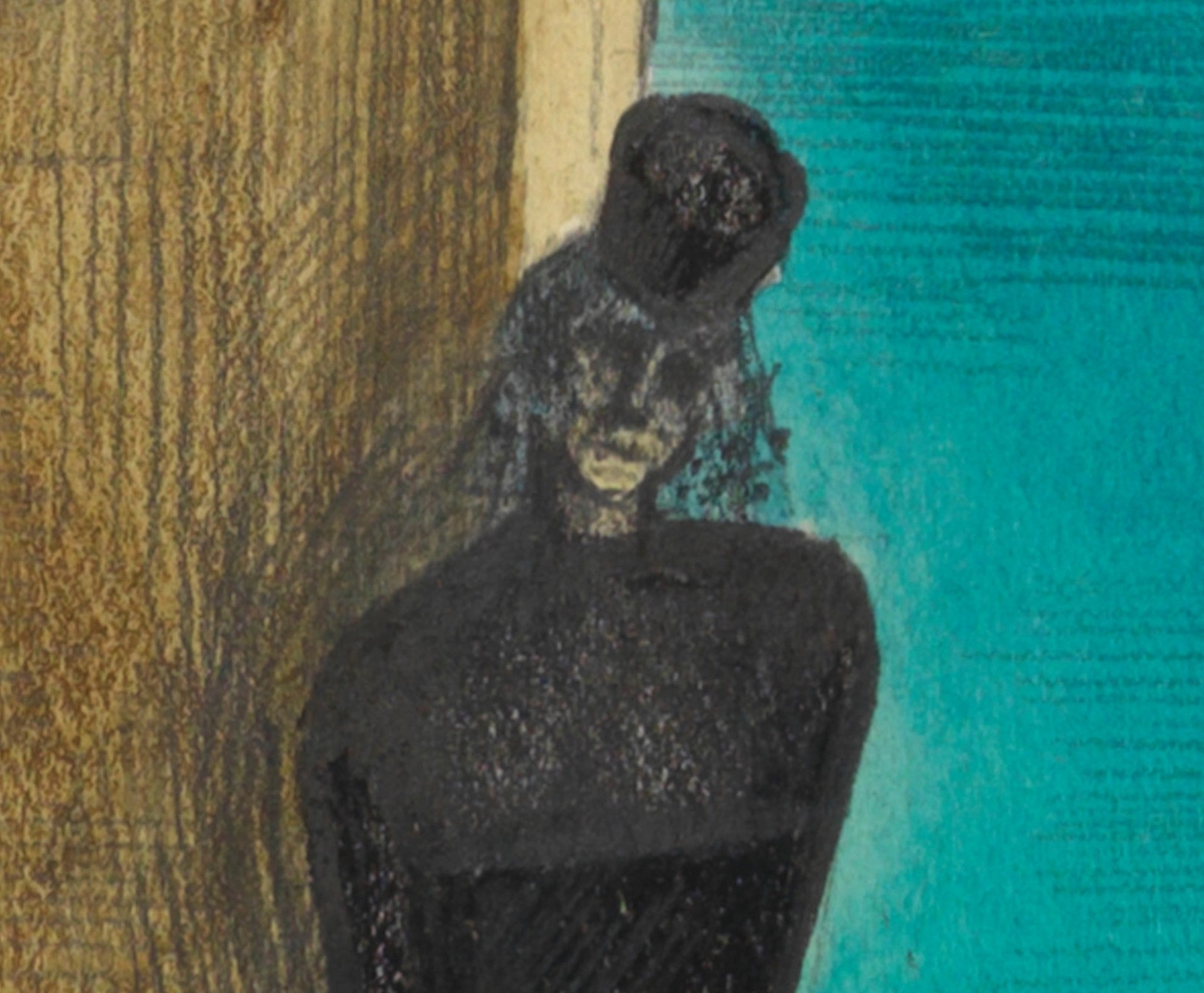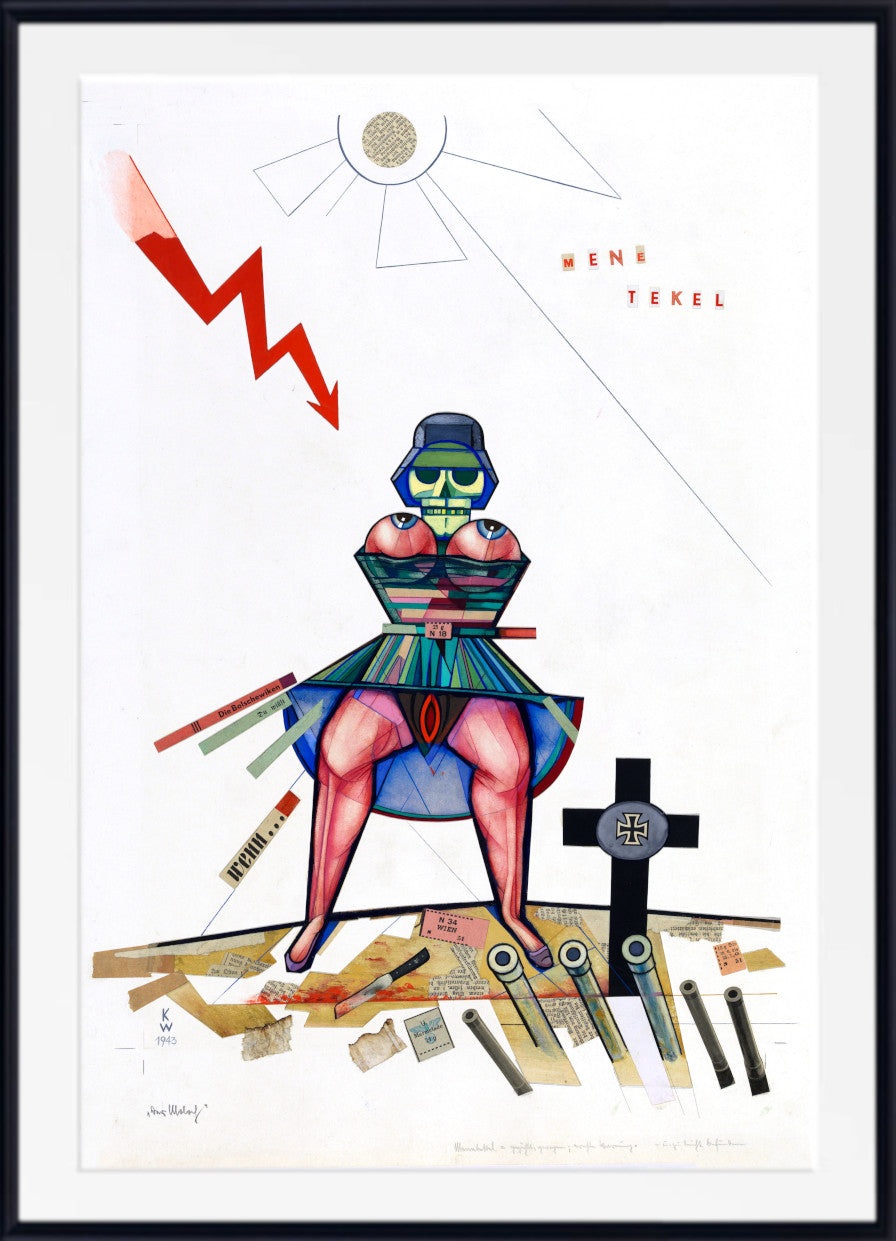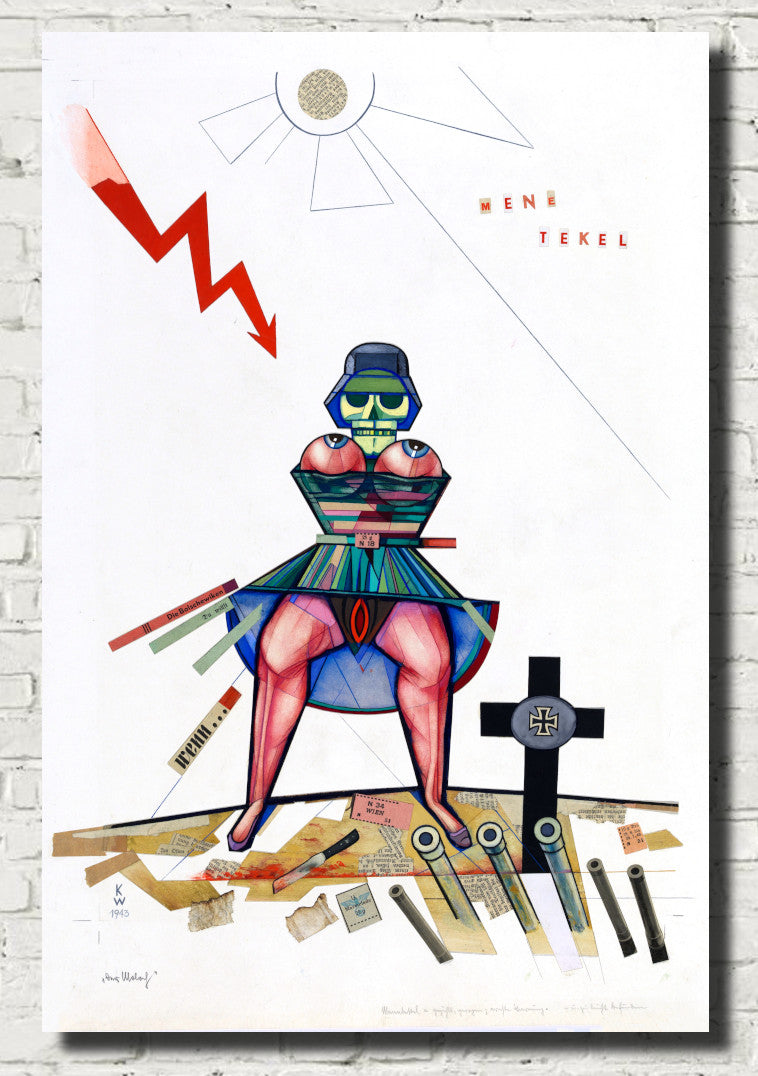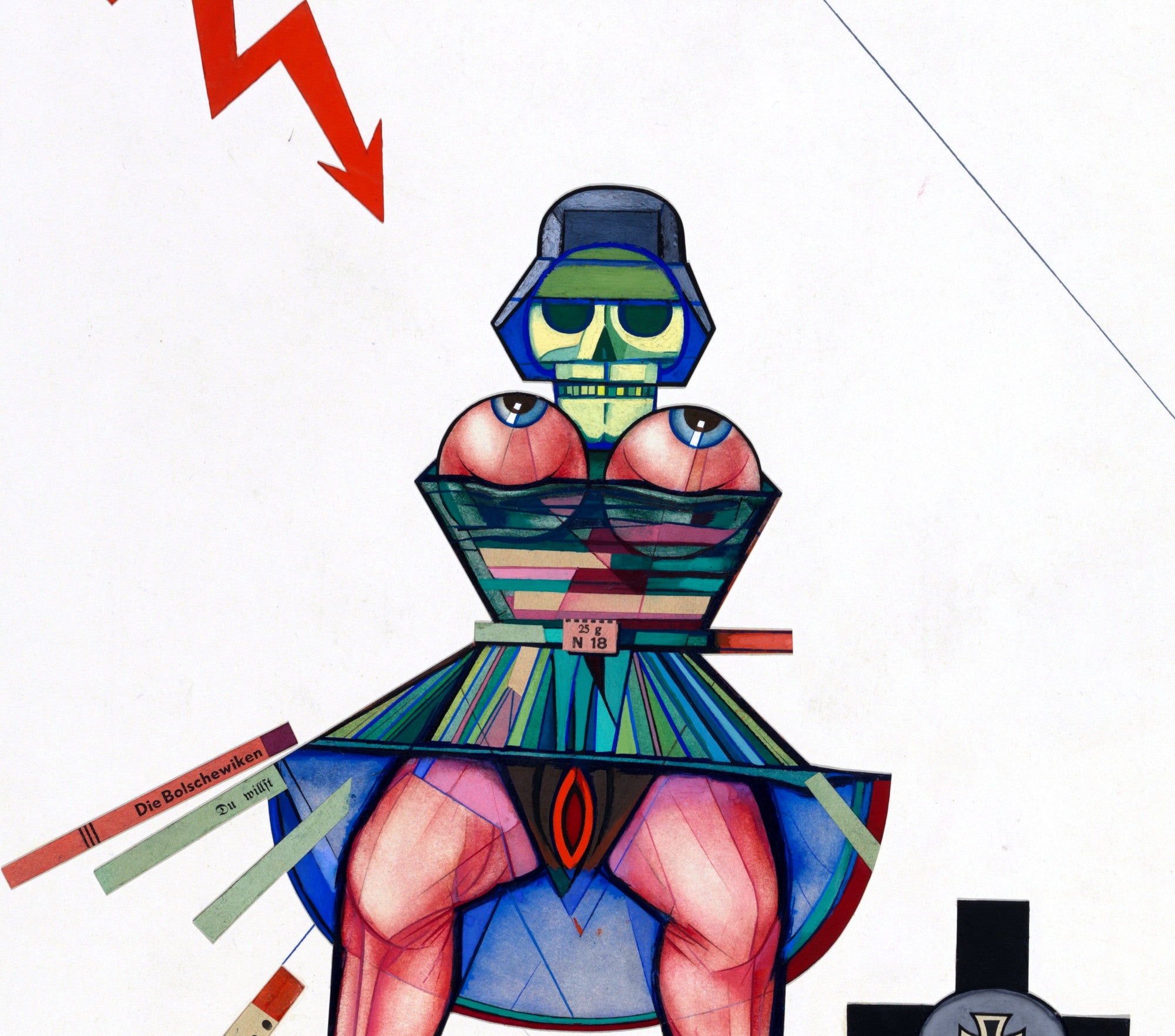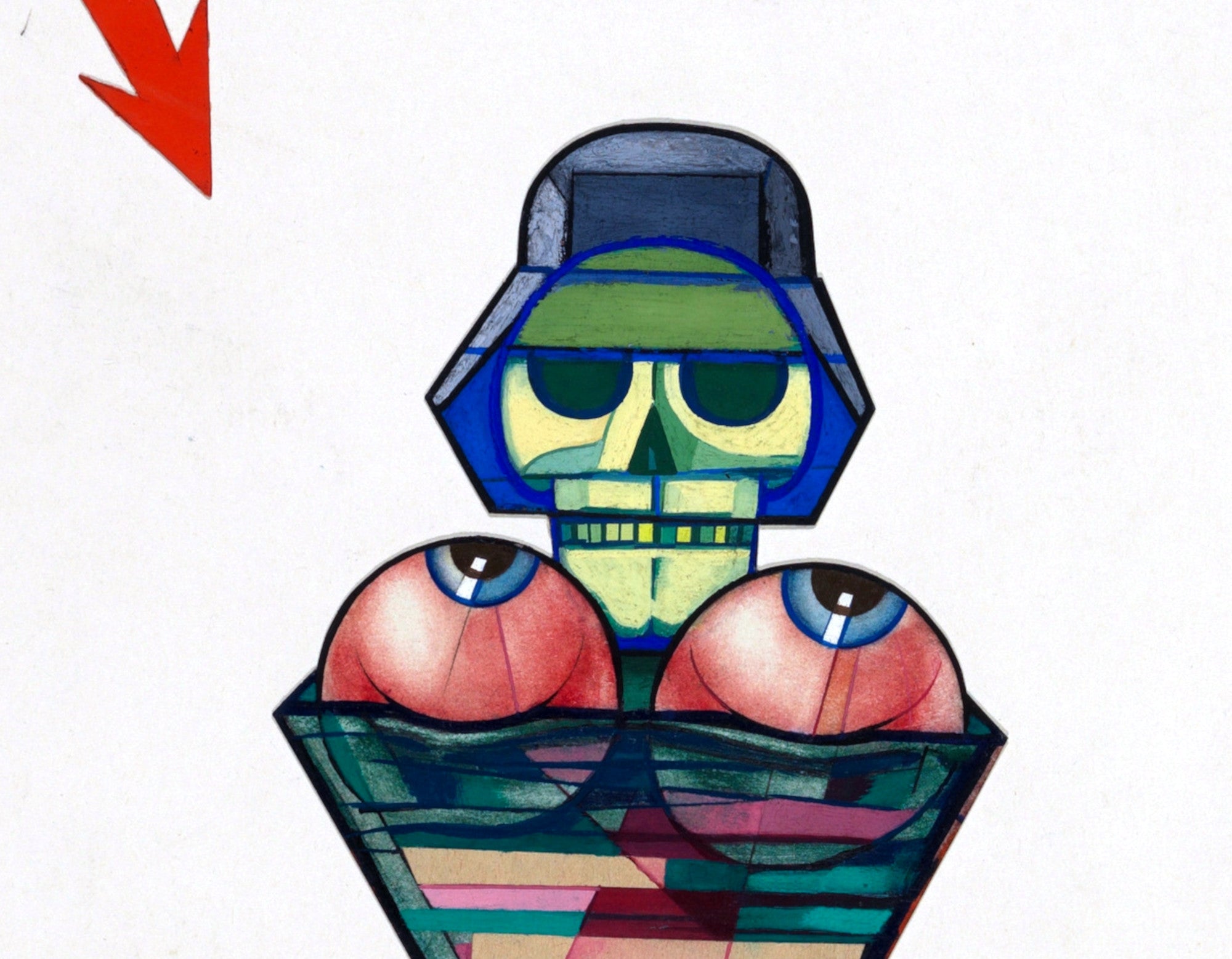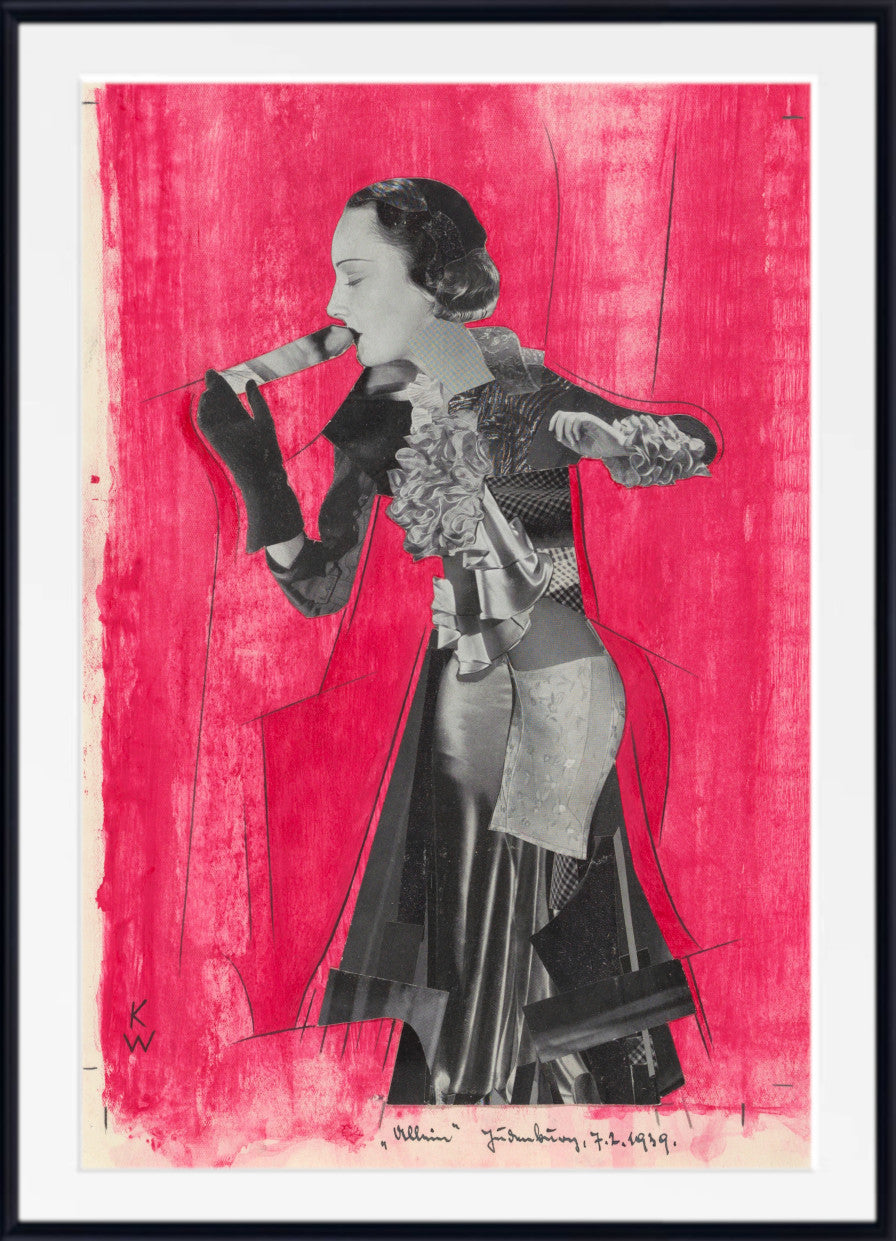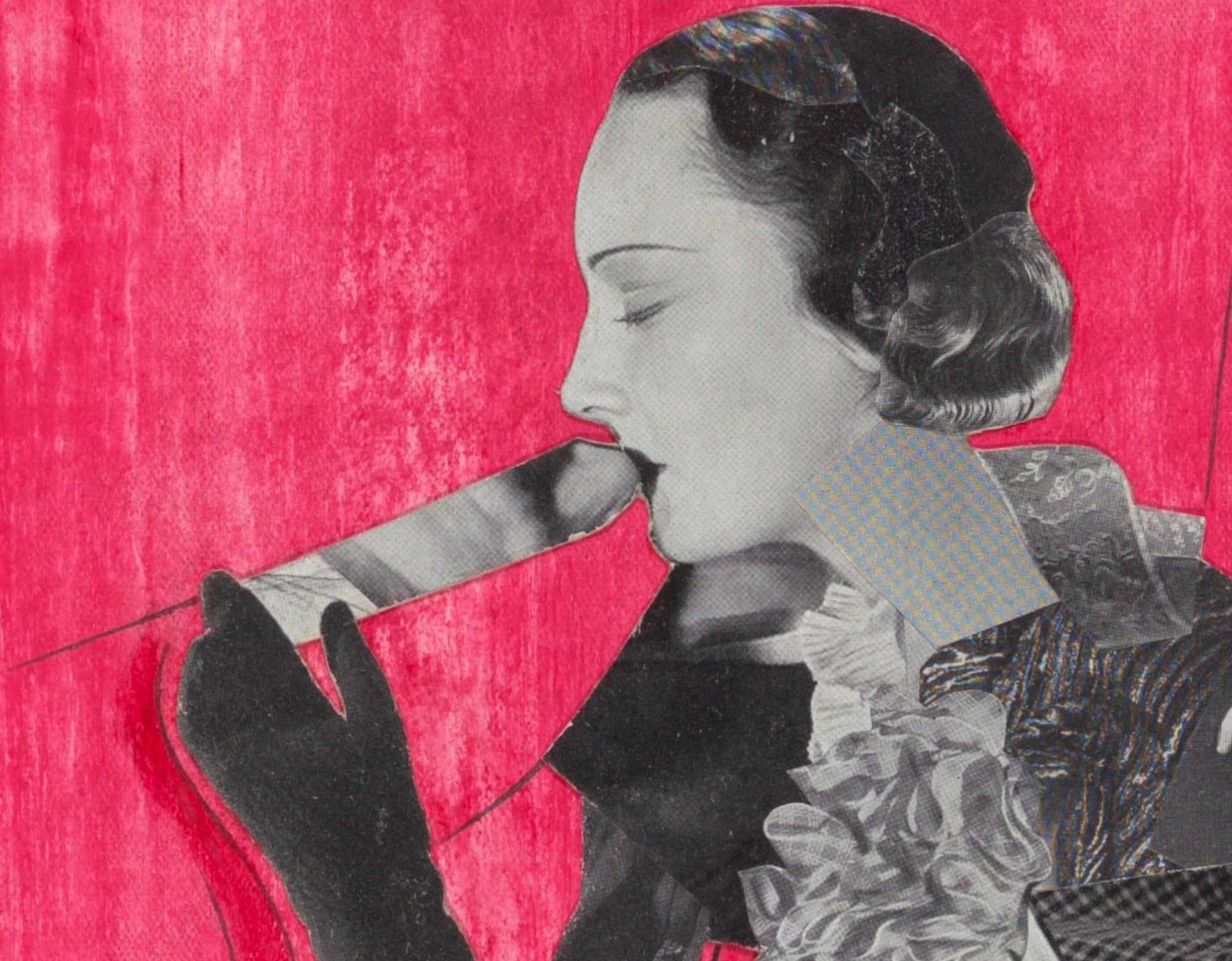The Three Epidemics (ca. 1926), Karl Wiener Print
Couldn't load pickup availability
BUY WITH CONFIDENCE
The Three Epidemics (ca. 1926), Karl Wiener Print
Karl Wiener, a lesser-known yet profoundly impactful artist, captured the zeitgeist of post-World War I Europe with his evocative painting, "The Three Epidemics". Created around 1926, this artwork delves into the somber reality of three major epidemics that ravaged societies in the early 20th century. Wiener’s work serves as both a historical document and a timeless piece of art, resonating with viewers by portraying the profound human suffering caused by these widespread diseases.
Historical Context
The year 1926 falls into a tumultuous period in European history. The continent was still reeling from the aftermath of World War I, grappling with political instability, economic hardships, and the heavy psychological toll of war. Amidst these challenges, Europe faced another wave of devastation through various epidemics, including the lingering effects of the Spanish flu, tuberculosis, and other infectious diseases.
Karl Wiener: The Artist
Early Life and Education
Karl Wiener was born into a world of rapid change and artistic revolution. His early years were marked by exposure to both classical and modern art forms, which significantly influenced his style. Studying in prestigious art schools, Wiener honed his skills and developed a unique voice that combined traditional techniques with contemporary themes.
Key Influences and Artistic Style
Wiener was deeply influenced by the Expressionist movement, which sought to depict raw emotion and the inner turmoil of the human condition. His works often reflect a keen observation of societal issues, portraying them with an emotional intensity that draws the viewer into the narrative.
Understanding "The Three Epidemics"
Description of the Painting
"The Three Epidemics" is a haunting tableau, rich with detail and somber tones. The painting features three central figures, each representing a different epidemic. These figures are surrounded by scenes of human despair and decay, painted with a meticulous eye for detail that captures the agony of the era.
Themes and Symbolism
At its core, the painting is an exploration of suffering and resilience. Each epidemic is personified, their menacing presence a reminder of the omnipresent threat of disease. The themes of mortality, fear, and the struggle for survival are interwoven throughout the composition, making it a powerful commentary on human fragility.
Artistic Techniques
Color Palette and Composition
Wiener employs a muted color palette dominated by grays, blacks, and sickly greens, evoking a sense of dread and decay. The composition is carefully structured to lead the viewer's eye from one scene of suffering to another, creating a cohesive narrative that is both compelling and unsettling.
Use of Light and Shadow
The use of chiaroscuro, a technique involving stark contrasts between light and dark, adds depth and intensity to the painting. This interplay of light and shadow highlights the figures’ expressions and the dire situations they are placed in, emphasizing the painting's emotional impact.
Symbolism in the Painting
Representation of the Three Epidemics
Each of the three central figures embodies a different epidemic. The first figure, gaunt and skeletal, represents the Spanish flu. The second, cloaked in darkness with a sallow complexion, symbolizes tuberculosis. The third figure, shrouded in indistinct shapes, stands for the myriad other diseases that plagued society at the time.
Allegorical Elements
The painting is rich with allegorical content. Background elements like crumbling buildings and desolate landscapes symbolize societal collapse and the breakdown of normal life. Small, almost hidden details, such as medical paraphernalia and mourning individuals, add layers of meaning and context.
Epidemics in Historical Context
The Spanish Flu Pandemic
The Spanish flu of 1918-1919 was one of the deadliest pandemics in history, claiming millions of lives worldwide. Its sudden and aggressive spread left a lasting impact on global populations, influencing public health policies and medical practices.
Tuberculosis and Other Diseases of the Era
Tuberculosis, often called the "white plague," was another significant health crisis during this period. Unlike the Spanish flu, tuberculosis was a slow killer, eroding health over years and affecting millions, particularly in poverty-stricken areas. Other diseases, such as typhus and cholera, also contributed to the public's pervasive sense of vulnerability.
Cultural Impact of Epidemics
Public Perception and Fear
The widespread fear and uncertainty caused by these epidemics permeated all aspects of life. Public gatherings were restricted, travel was limited, and a general atmosphere of paranoia and dread took hold. This fear was reflected in contemporary art, literature, and social policies.
How Epidemics Influenced Art and Literature
Artists and writers of the time often depicted the harsh realities of epidemic life. These works served both as a reflection of societal concerns and a means of processing the collective trauma. Wiener's "The Three Epidemics" is a prime example of how art can encapsulate the emotional and physical toll of disease.
Analyzing the Characters
The Portrayal of Human Suffering
The central figures in Wiener's painting are depicted with a poignant realism that highlights their suffering. Their gaunt faces and emaciated bodies tell a story of relentless hardship and the human struggle against an invisible enemy.
Depiction of Medical and Social Response
In the background, one can observe scenes of medical efforts and social interactions. Doctors and nurses, depicted with a mix of heroism and exhaustion, symbolize the front-line battle against these diseases. Social responses, such as quarantines and public health campaigns, are subtly hinted at through various elements in the painting.
Emotional Impact
The Mood Conveyed by the Painting
Wiener's use of color, composition, and subject matter creates a mood of melancholy and despair. The painting's dark tones and haunting figures evoke a visceral emotional response, drawing viewers into the depths of human suffering and resilience.
Viewer’s Response and Interpretation
Different viewers may interpret the painting in various ways, but the common thread is a profound empathy for those depicted. The emotional weight of the artwork prompts reflection on both historical and contemporary health crises, emphasizing the cyclical nature of human suffering and recovery.


All prints are made using archival art stocks and UV pigment inks to give up to 200 years life. Prints are sold unframed and unmounted.
All orders for unframed fine art prints and original paintings are dispatched within 2 working days of receipt of payment.
Orders for custom framed prints are dispatched within 4 working days.
All orders are fully tracked from dispatch to delivery at your home or business.
All print and original painting orders are fully insured against loss or damage in transit. We refund or replace any damaged or lost orders.
Buy with confidence - read what our satisfied customers have to say - Reviews
Fine art papers are printed without any additional white border Please let us know at the time of ordering if you would like a small additional white border.
Rolled canvas options have an additional white border of approximately 2.5 inches (7cm) on all 4 sides to aid stretching.
Ready to hang canvas panels are stretched on 1.5 inch deep solid pine frames from sustainable forestry sources. The image is mirrored on all 4 sides to give an aesthetically pleasing finish.
Why not have us gift wrap your order and attach a personalised message to the recipient. Available for all orders. Each order is hand wrapped in high quality gift wrap with meatllic ribbon and bow. Your personalised message is printed on a card which is included with your order.
Have your hand wrapped gift delivered directly to the recipient.
Full tracking and insurance included with every order.
Please note design may vary depending upon availability
Just purchase the gift wrap option HERE
We have a wide range of frames in standard sizes and we also make custom size frames.
To order a framed print:
1. select the print size you would like along with the print materials (matte paper, fine art paper).
2. Add your print choice to the basket.
3. Choose from our range of frames
4. Select the same size as the print you have added to your basket. If the frame size you want is not listed please contact us
5. Choose from the mount or no-mount option
6. Add your frame choice to the basket
7. Proceed to checkout.
Why Choose GalleryThane?
- Printed and framed in-house
- Free UK delivery
- Free EU and USA delivery on orders over £200
- Tracking and insurance included in every order
- Fast 1-3 day dispatch
- Gift wrapping service available
- Gallery quality materials
- Sustainable, eco-friendly packaging
- Great customer support
What makes our Prints and Canvas Panels so special

Latest Giclee Printing Technology
We have invested in the latest wide format print technology to produce museum quality giclee prints utilising the highest quality pigment inks to give outstanding colour reproduction.

Museum Quality Archival Fine Art Papers
We print on the finest quality fine art papers with textured, smooth and lustre finishes for prints which last a lifetime.
From aceo miniatures to 40x80 inch large format, every print has our lifetime quality guaranteee.

Solid Wood Frames, Cotton Canvas
All of the wood for our canvas panels and frames is responsibly sourced from manages forests. Our cotton canvas is completely seedless for the highest quality reproduction possible.

